MASCOTA
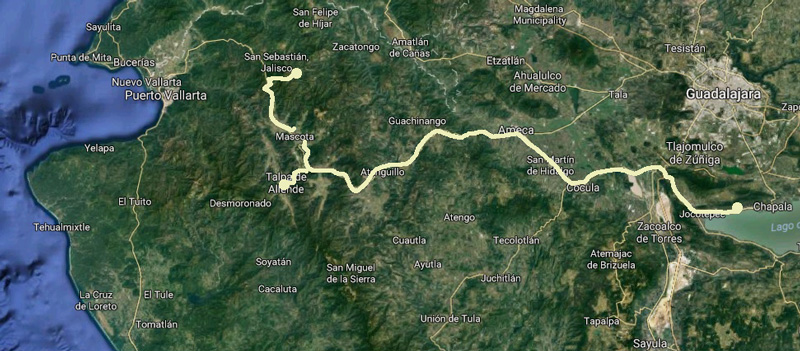
MASCOTA is a “Magico Pueblo” in the mountains on the old road to Puerto Vallarta from Guadalajara. Until the new fast road was built this was the only way to get there.
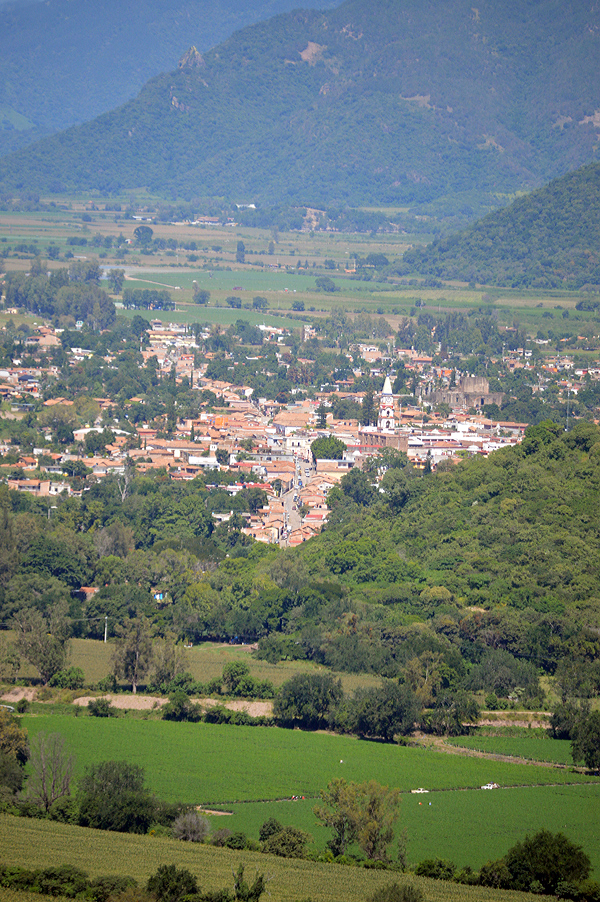
In October the rains are diminishing and the land is abundant with greenery and wildflowers. Almost the whole road was lined with bright orange and yellow wildflowers.
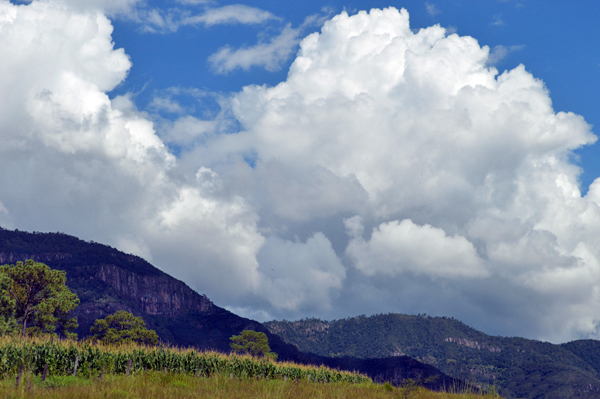
Below– Driving through mountains leaving the Ameca Valley about halfway there.
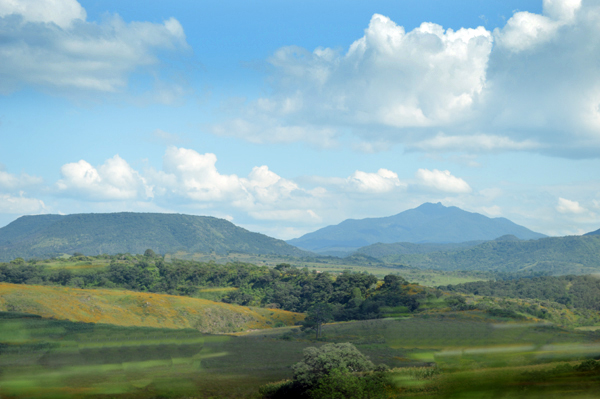
Below– After a beautiful three hour drive through wildflowers and greenery the road drops down into the Mascota valley. This would have been the road Liz Taylor and Richard Burton, John Huston must have taken back in the sixties when shooting Night Of The Iguana. On the way they no doubt stopped at the Hacienda Jalisco .
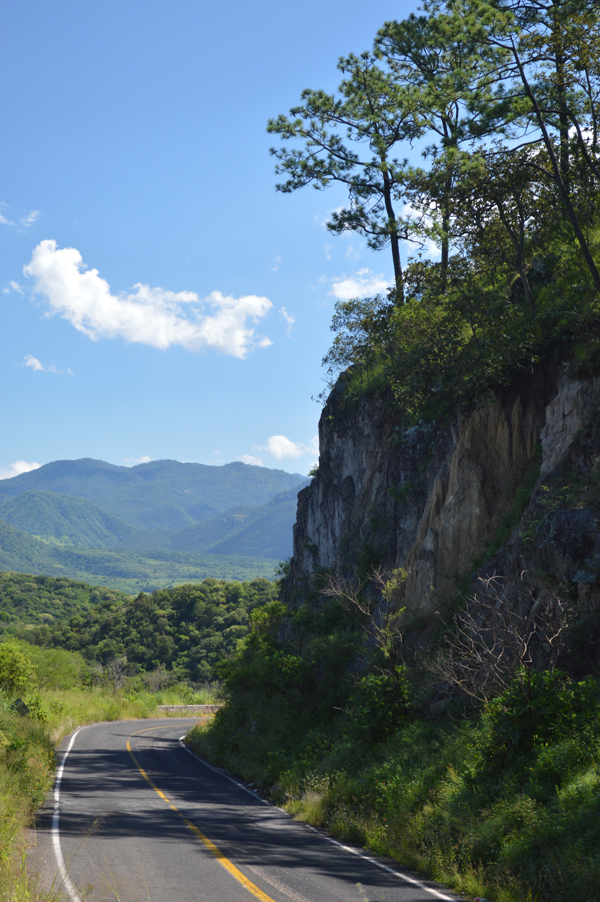
Below- The street outside La Meson Elena a delightful old home converted into a hotel where we stayed.
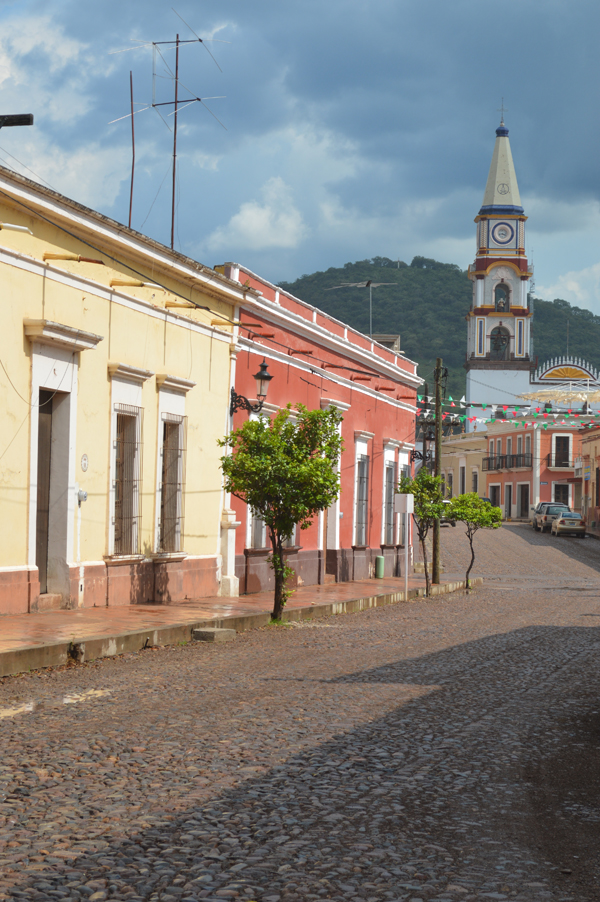
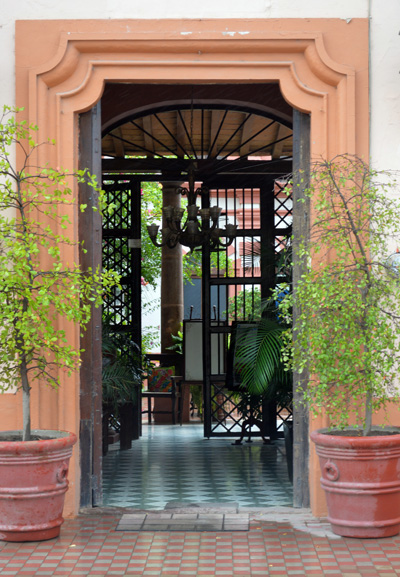
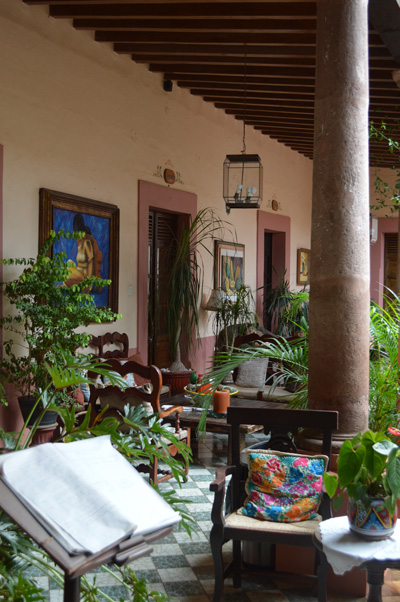
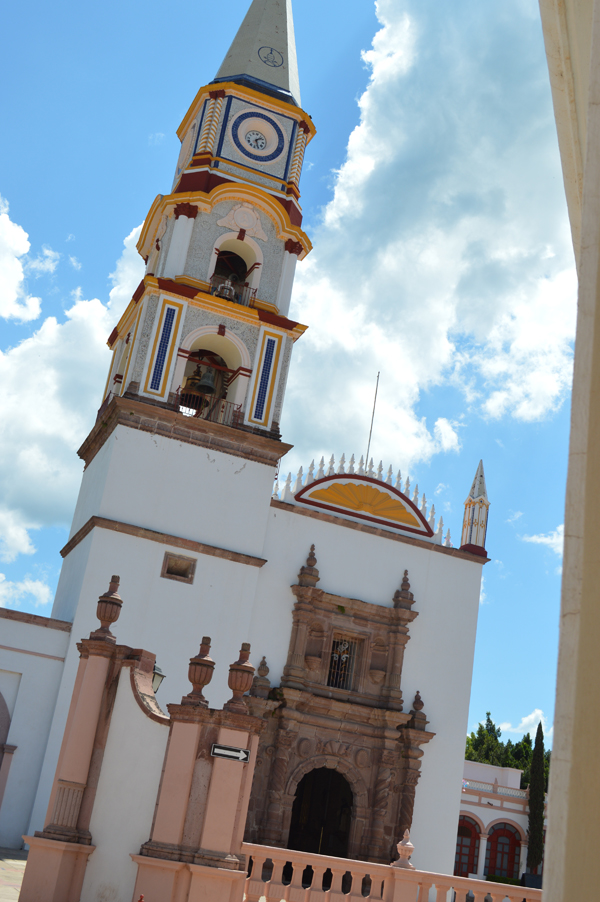
Below-notice the noose around the neck of the priest. In the Cristero Wars many priests were martyred. The church had found itself on the wrong side of the Revolution of a few years earlier.
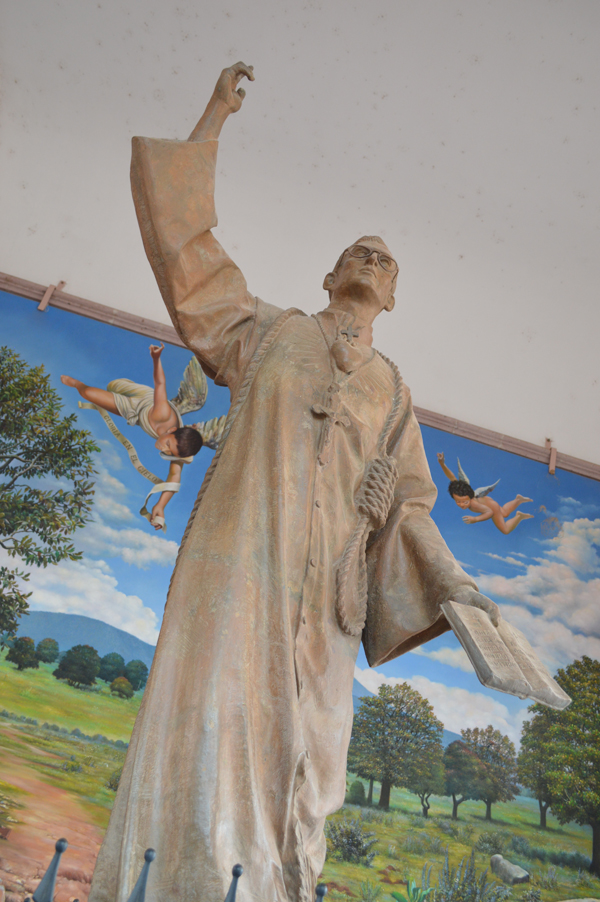
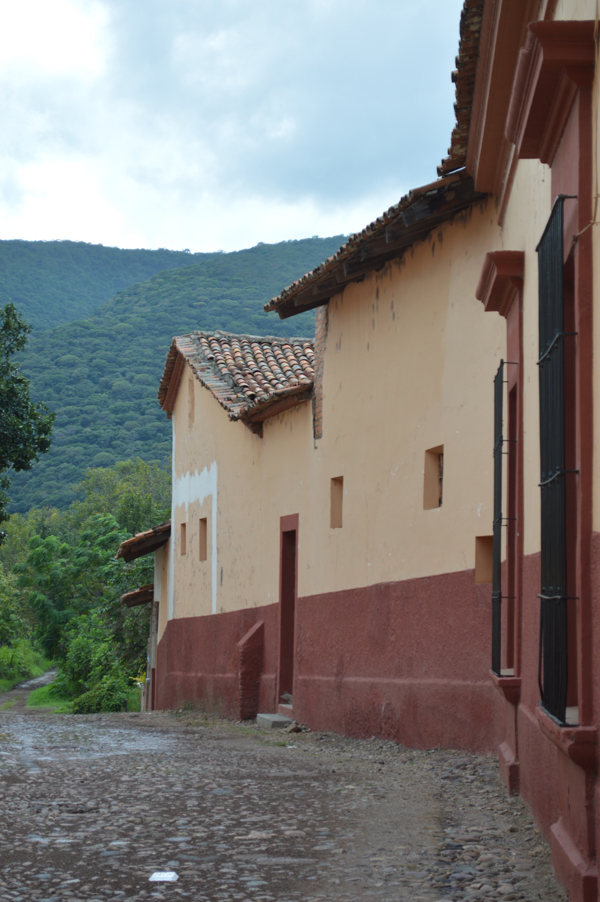
Above and below-the side streets end quickly at the fields. The view below was from the roof terrace at the rear of the hotel.
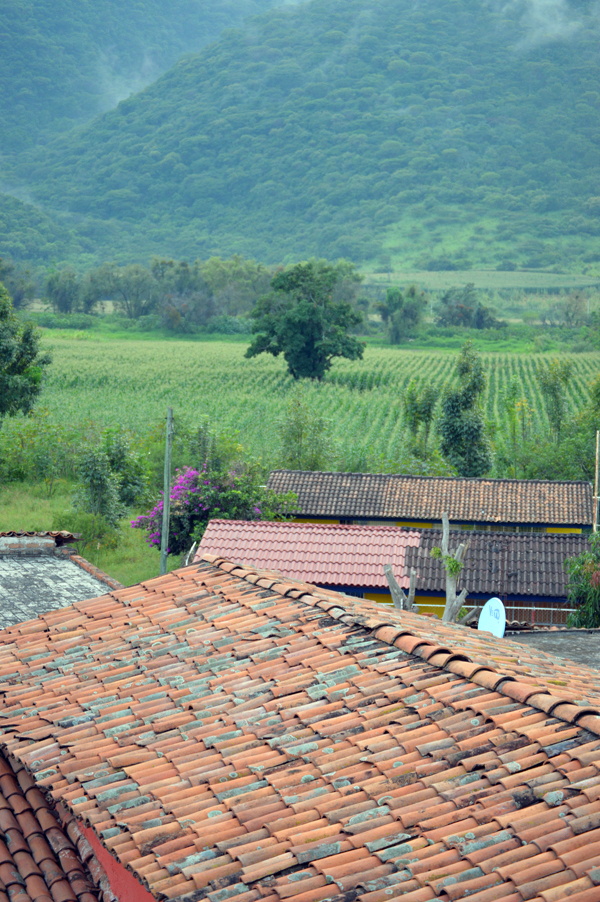
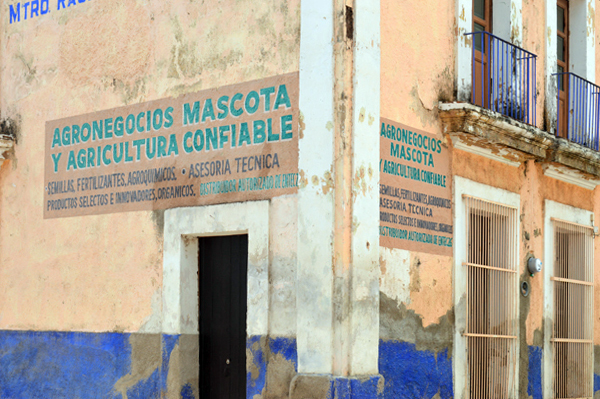
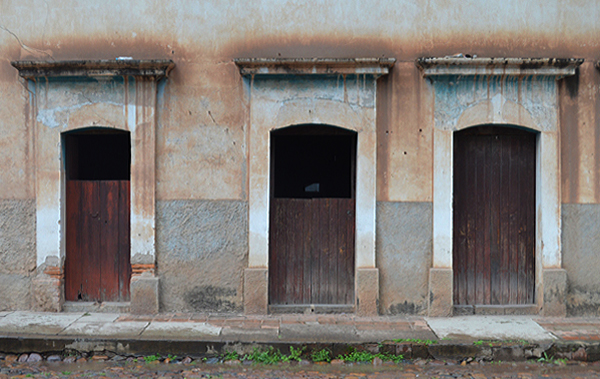
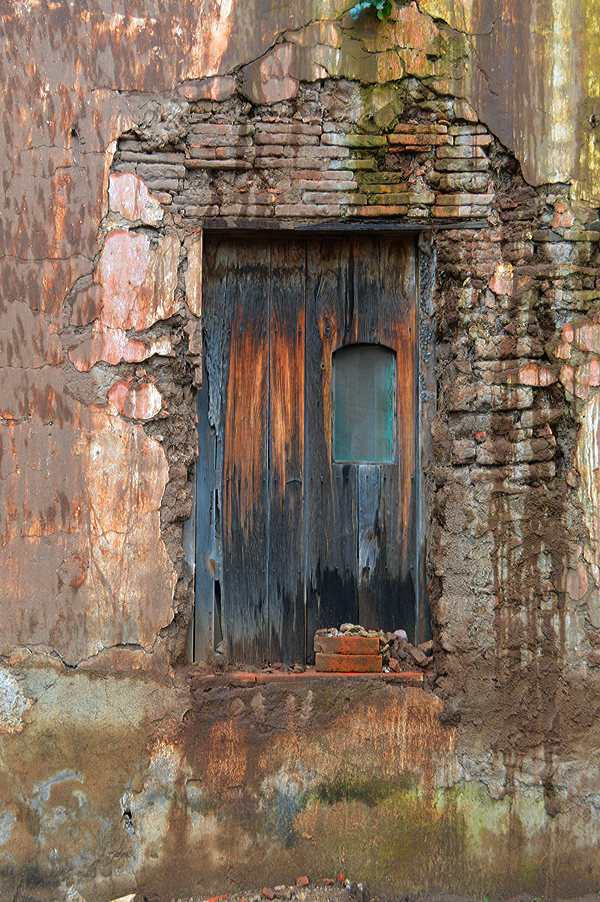
There is an unfinished church in town. Construction came t0 an end about the time of the Revolution at which time churches were not in demand. It is now however quite a romantic ruin being used for weddings etc.
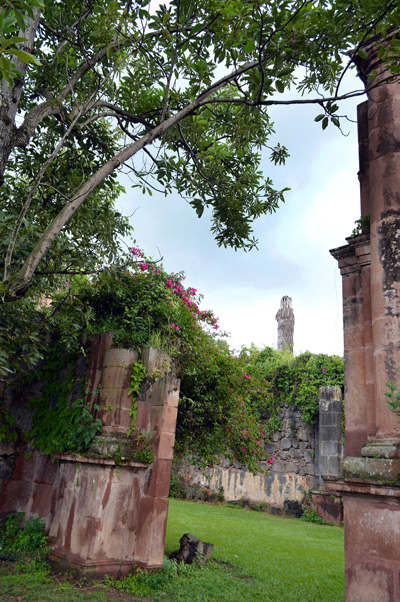
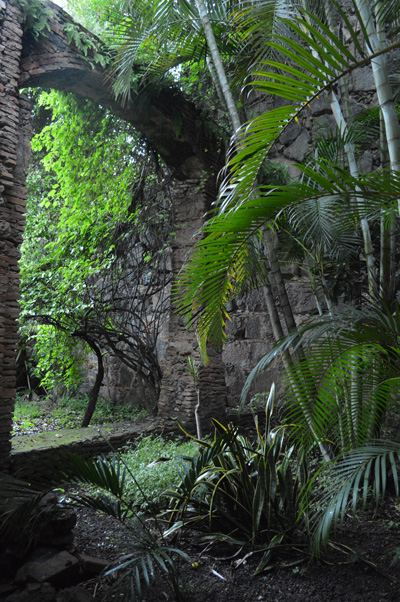
We went on a day trip beyond Mascota up to the old mining town of San Sebastian passing through bright green cane fields with tree enshrouded misty hills.
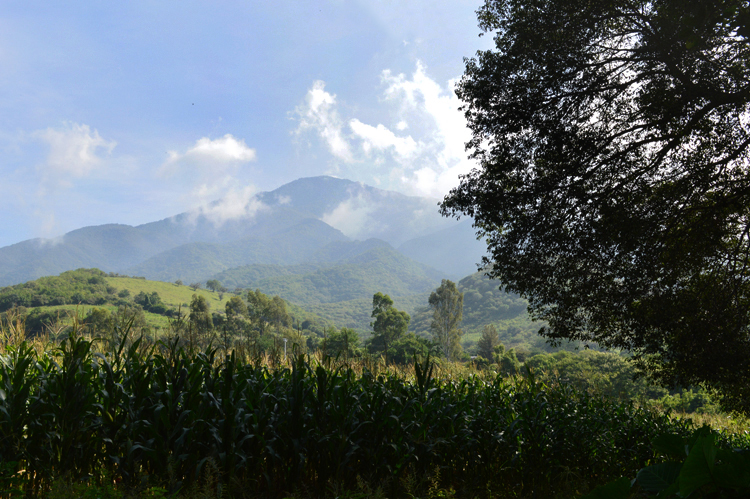
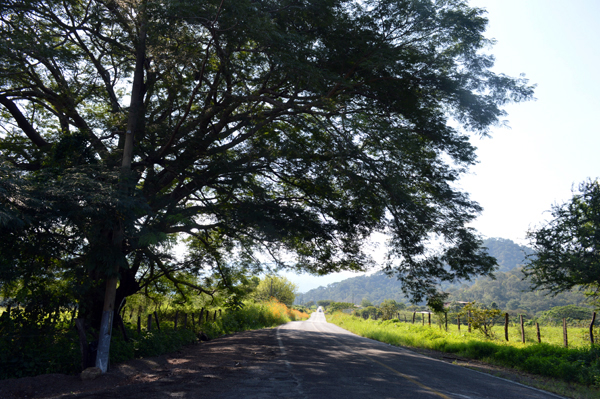
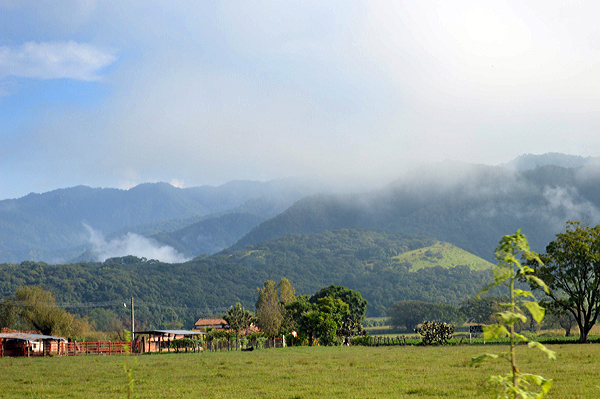
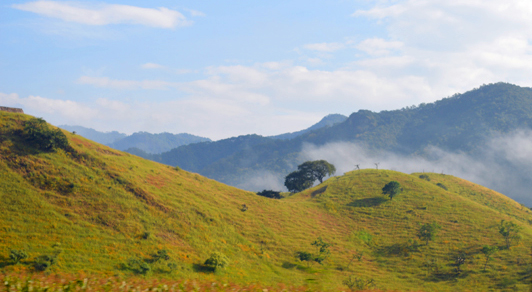
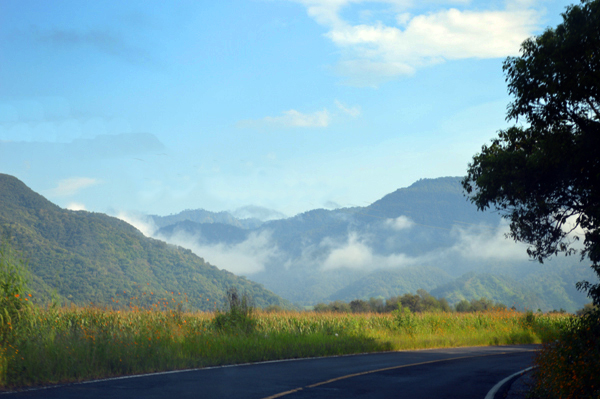
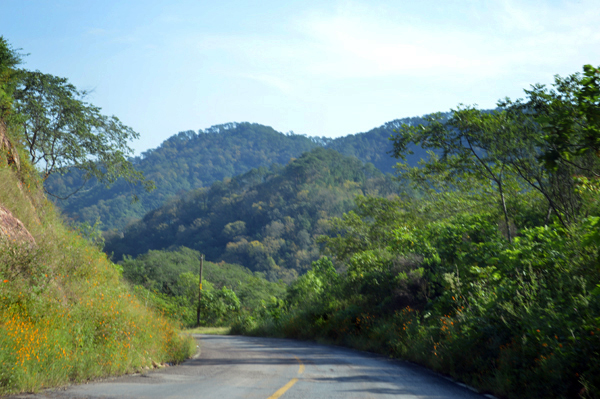
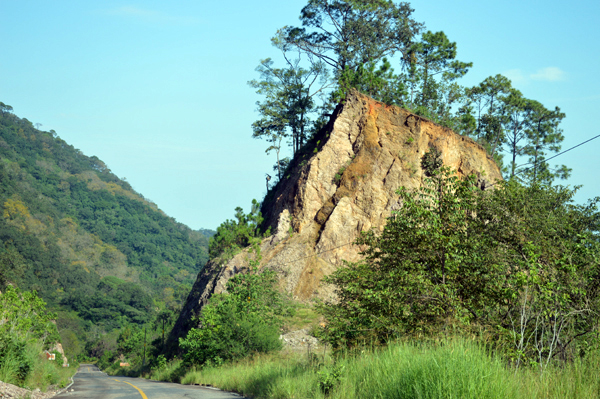
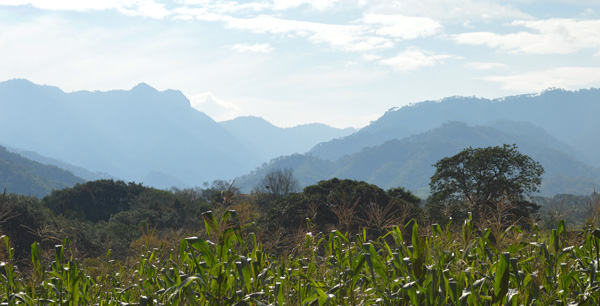
Below One leaves the main highway to climb up to San Sebastian along a mostly cobbled road. Along this road salt was ferried from the sea below at Puerto Vallarta on donkeys to the the mining town of San Sebastian.
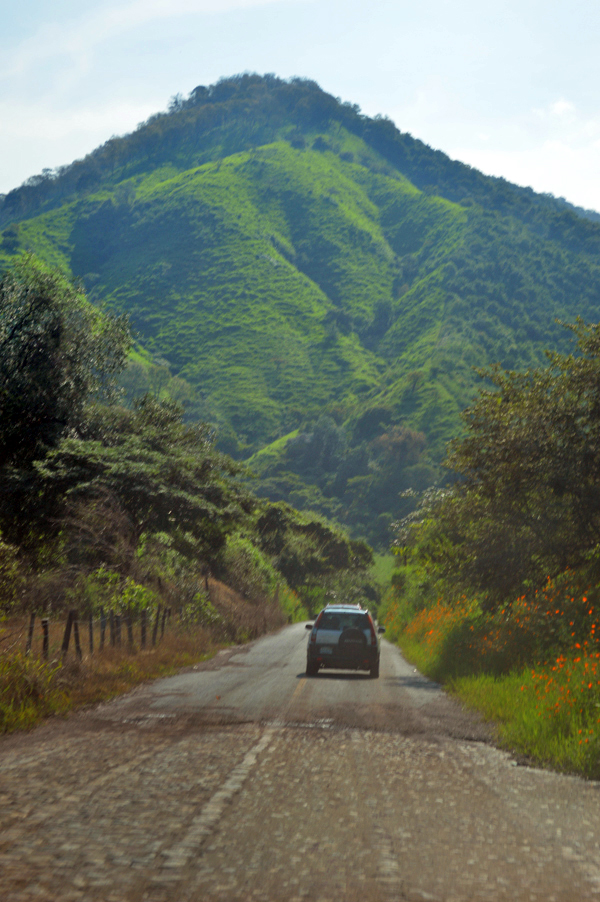
On the way up the hill to San Sebastian we stopped off at Hacienda Jalisco a now sadly delapidated old mining hacienda. SEE HACIENDA HUNTING
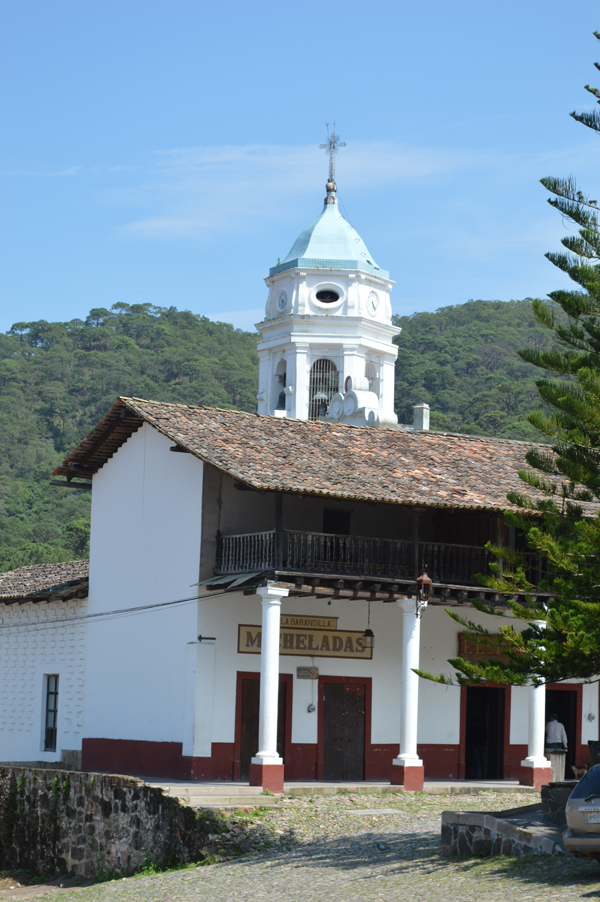
San Sebastián was founded as a mining town in 1605. More than 25 mines and a number of foundries were established by 1785. It reached a peak population of around 20,000 people by 1900. The prosperity of the city declined after the revolution of 1910. By this century it had a population of less than 1,000 people.
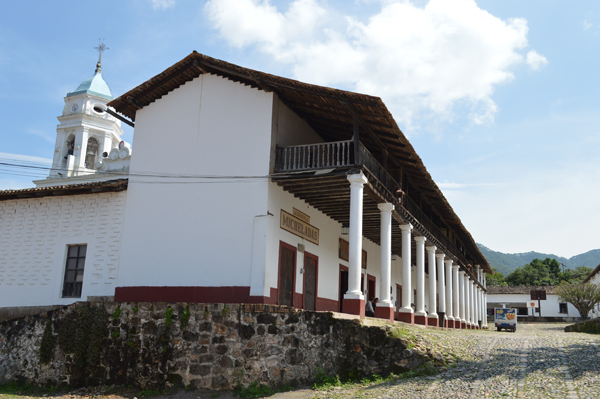
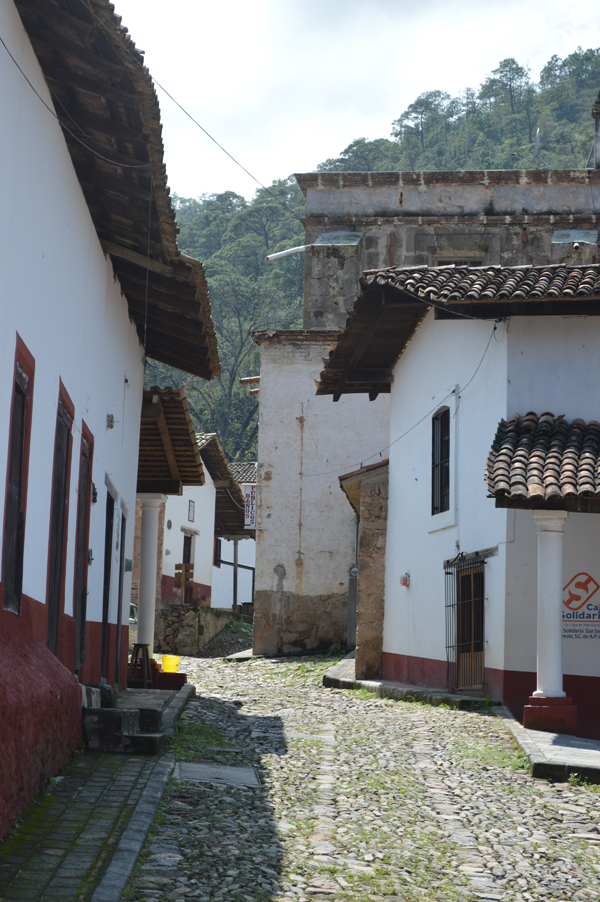
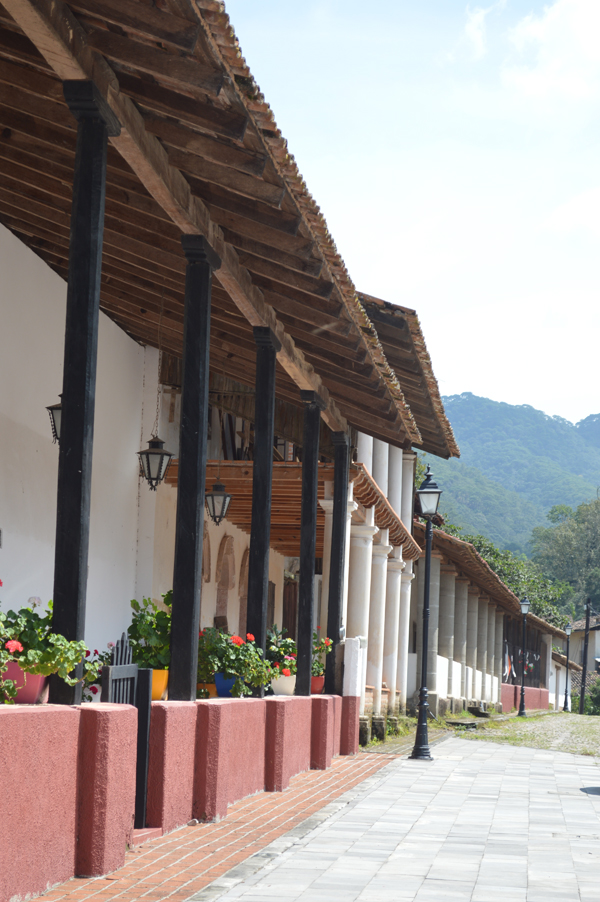
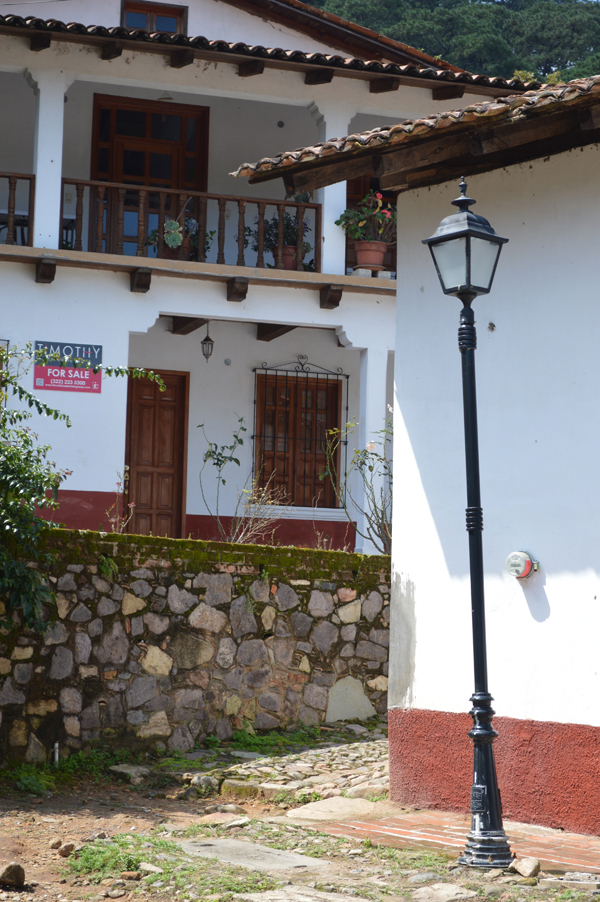
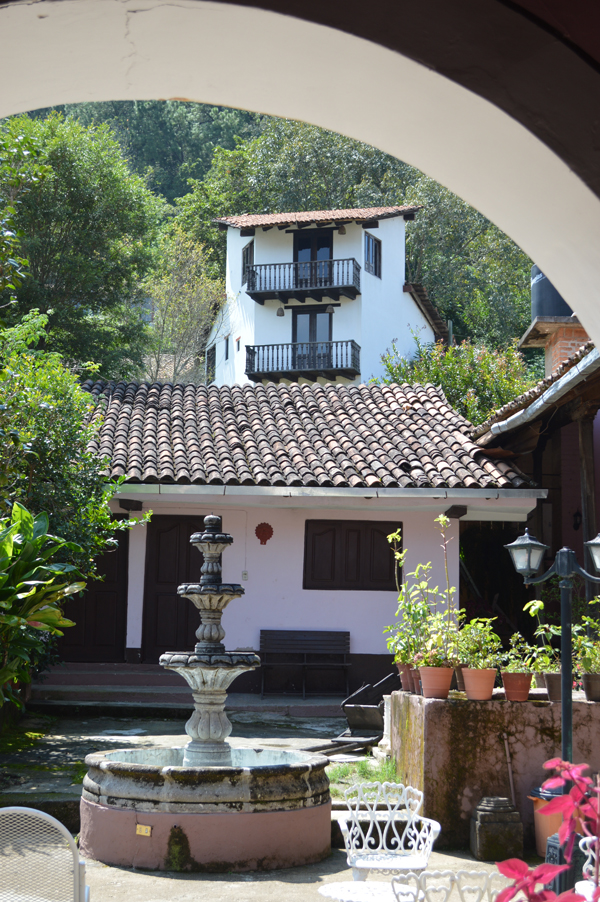
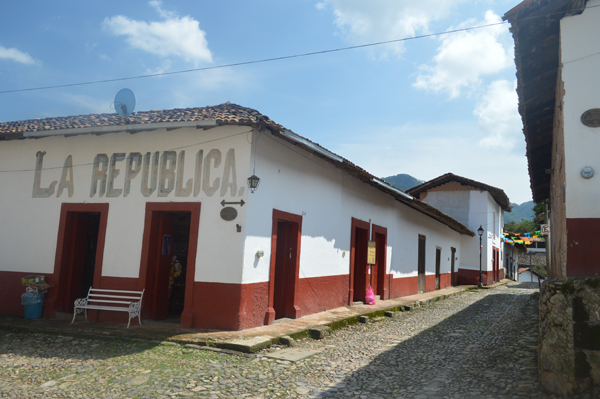
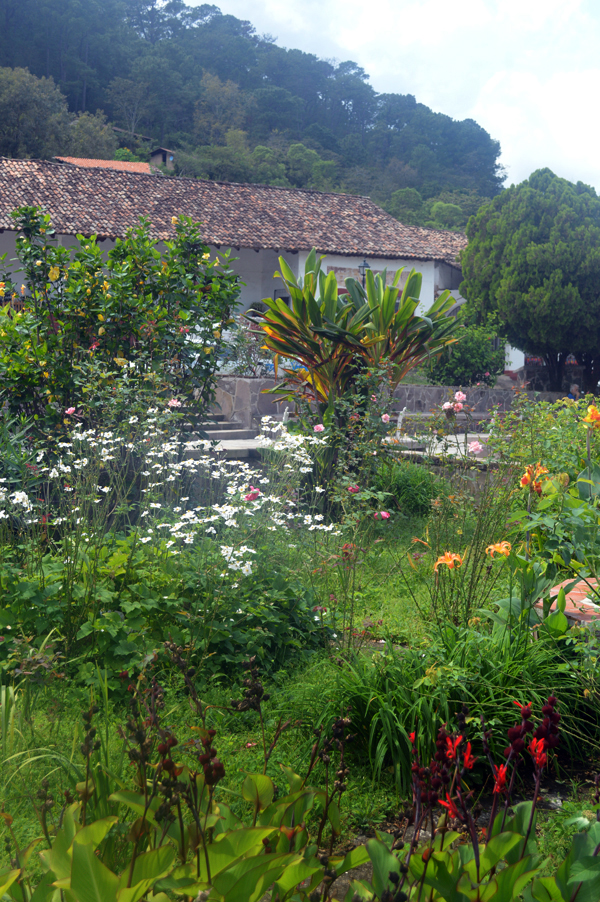
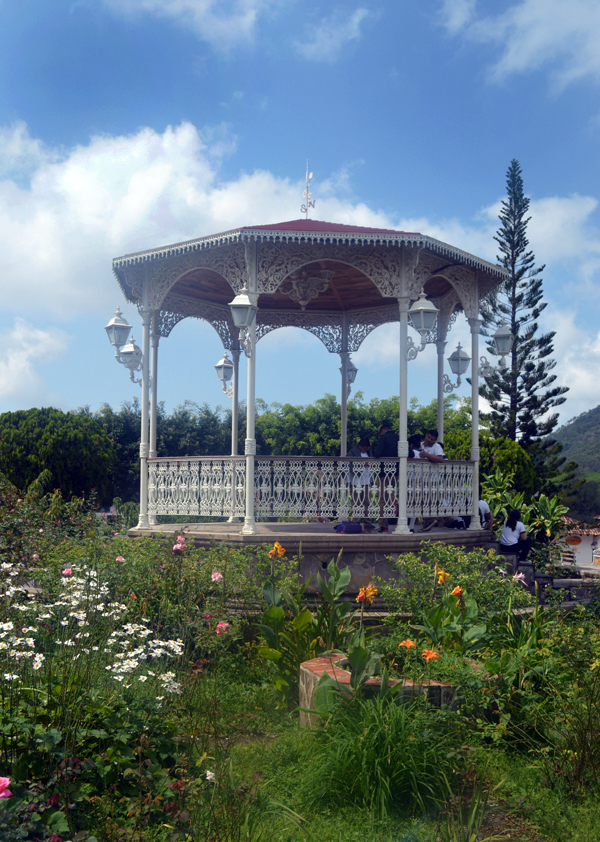
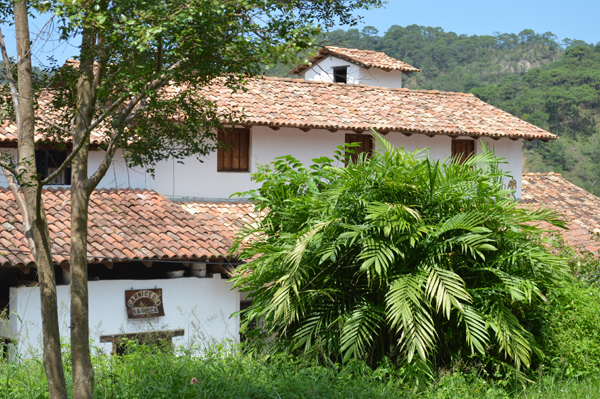
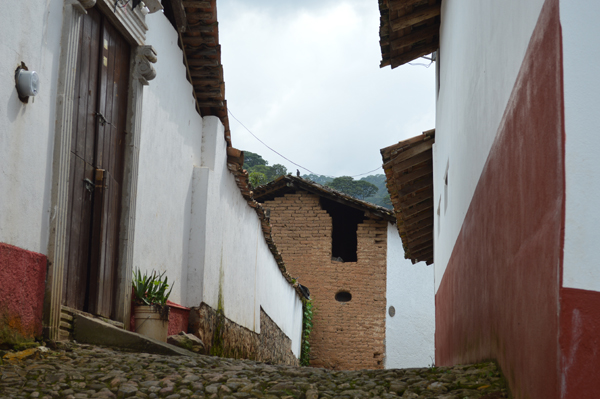
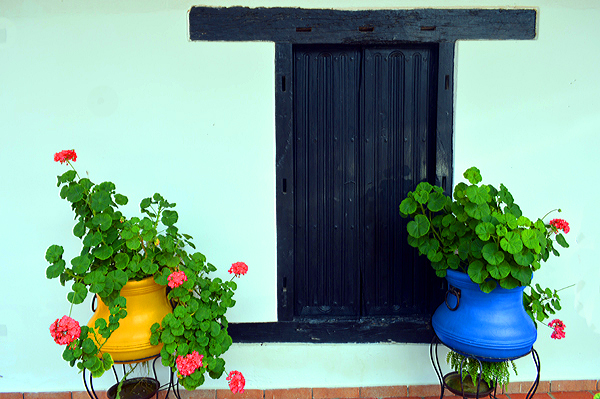
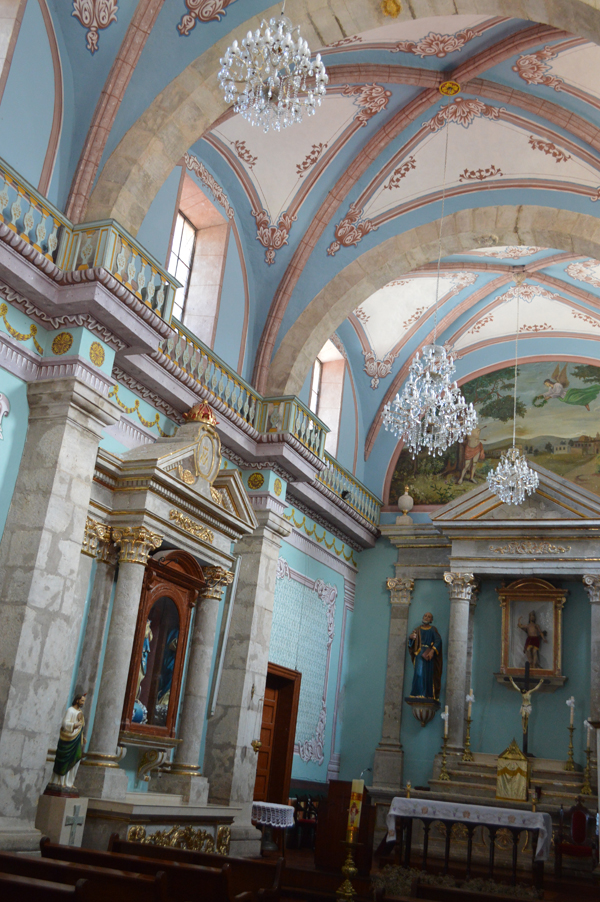
Above– The Church of Saint Sebastian was built in 1608 in Spanish Baroque style. It is quite an elegant building with fine detail painting.
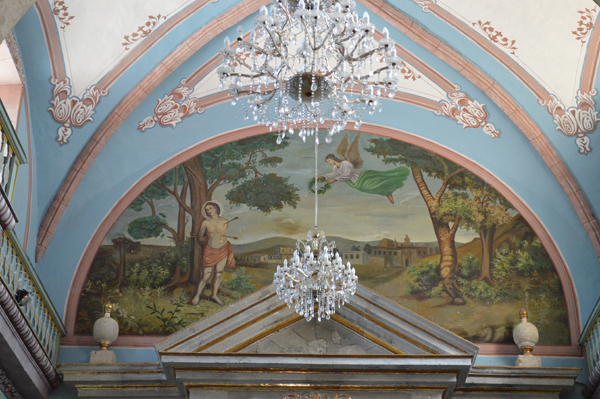
Below– An old hacienda at the edge of town. We did not get into it as it seemed securely and definitely closed.
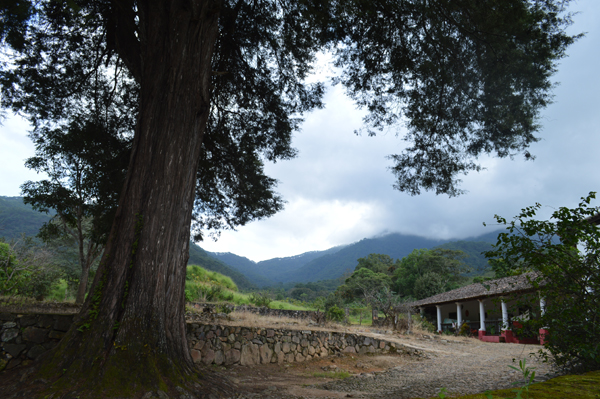
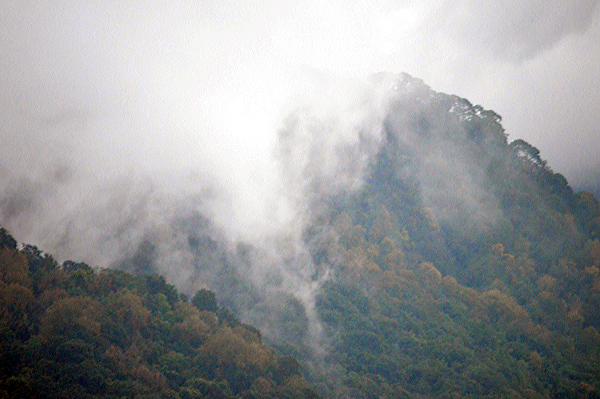
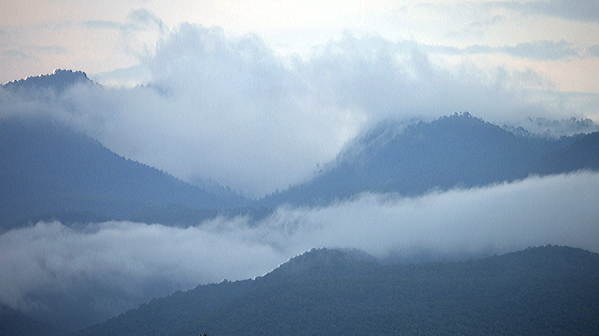
Below -The rains came earlier in the day being nearer to the coast.
There the rain was at 4pm every day whereas where we live it usually does not arrive until midnight.
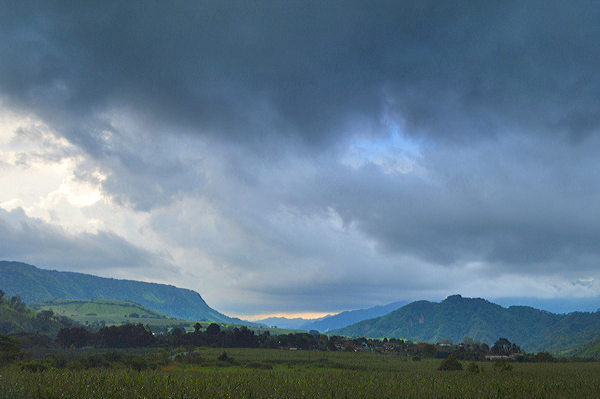
___________
Mascota also has a small museum with pre Columbian items discovered nearby.
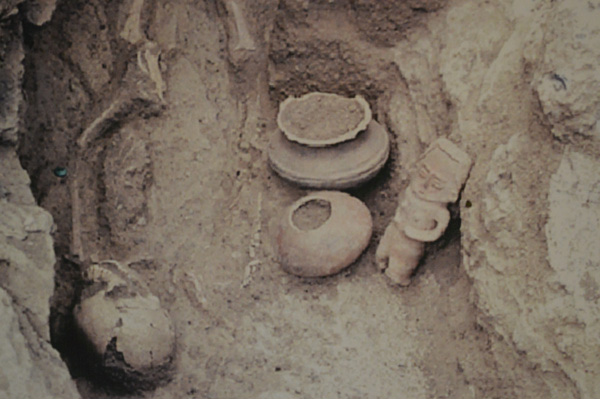
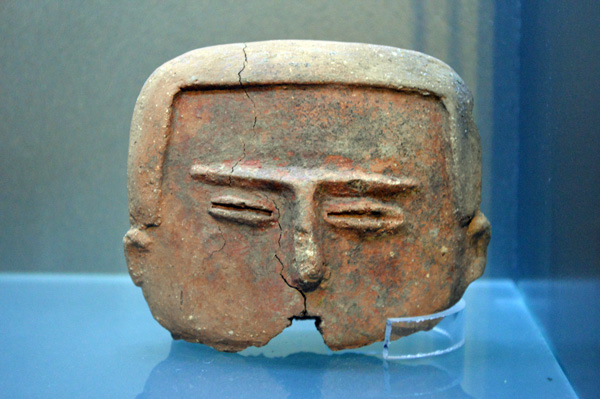
I love the sculptures and objects of the people who lived in this part of Mexico some 1000 years ago or more. They are labelled “The shaft tomb dwellers” . For much more information see here.
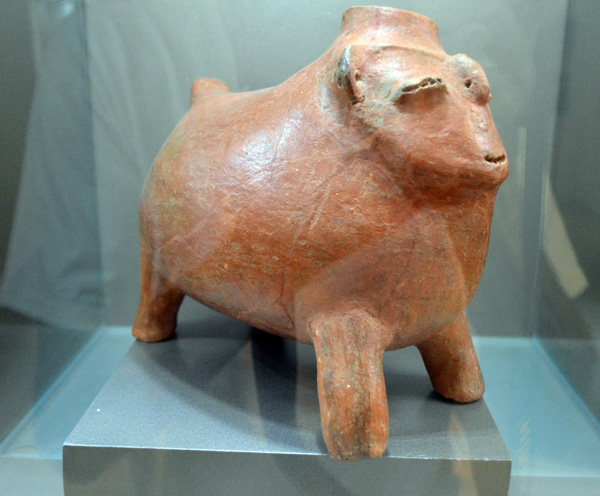
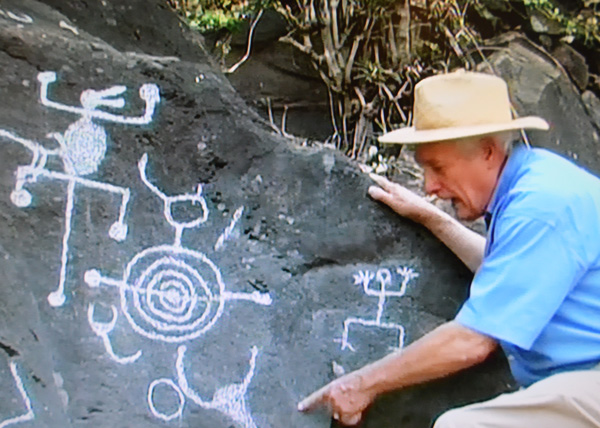
The meaning of these carvings on rocks below is not known
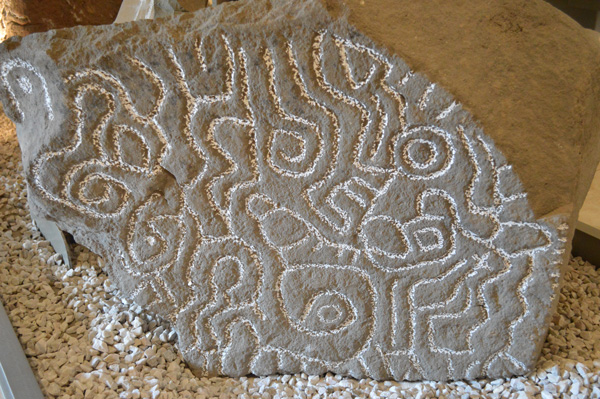
____________________________________
On the return we stopped off at TALPA DE ALLENDE….
which is in an adjacent valley to Mascota.
Founded by the Spanish in 1599. The name “Allende” is in honor of General Ignacio Allende hero of the War of Independence. Just like Mascota one views it first from a high vantage point before descending into the valley.
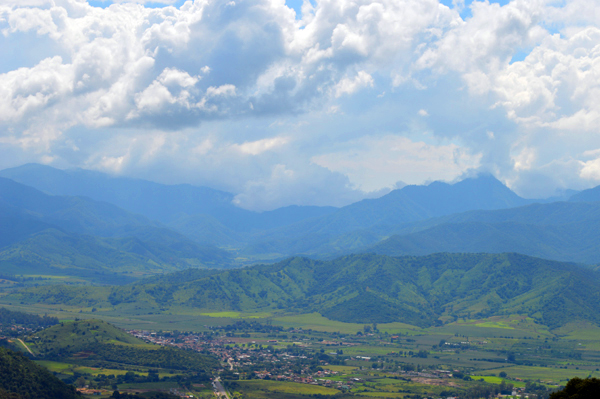
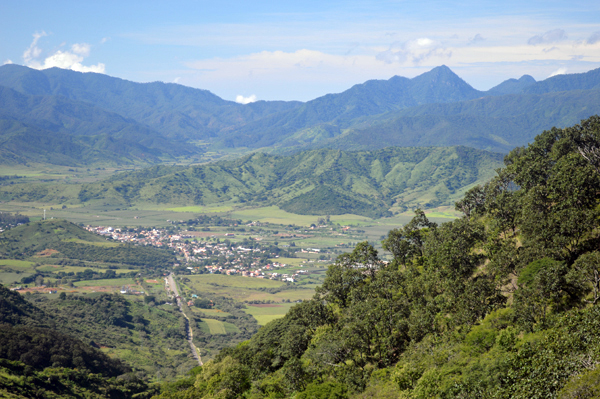
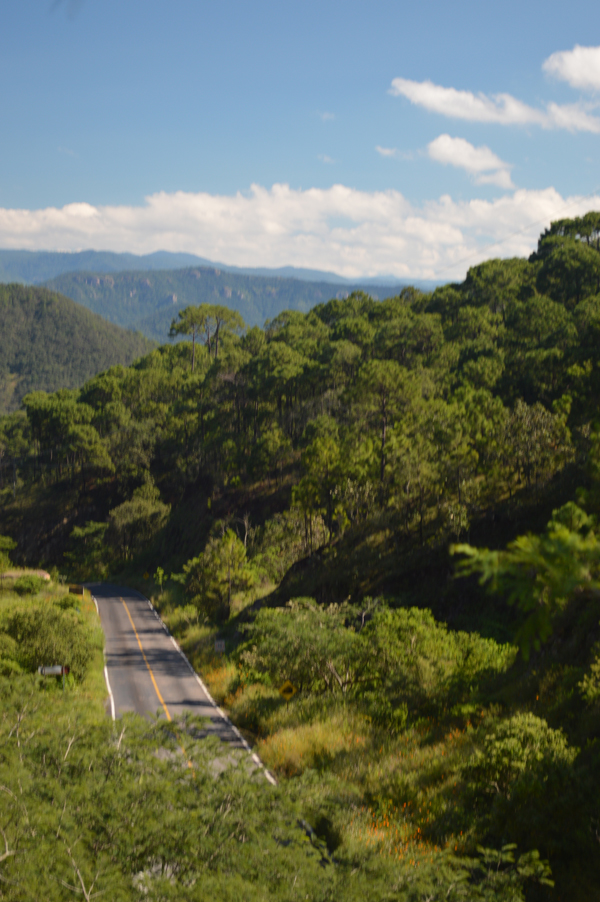
Talpa is the destination of a popular pilgrimage route or Peregrination. The pilgrimage walk can be anywhere from a few kilometers to a hundred or more depending on the starting point. It includes several climbs of hundreds of meters. It is all done in devotion to The Virgin of Talpa or La Virgen de Rosario or-“La Chaparrita” meaning the short one, who they believe worked and still does, miracles. October is her birthday when most pilgrims come.
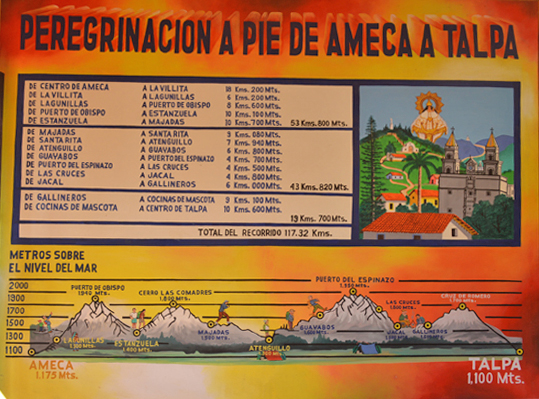
In the center of Talpa is the church of Nuestra Señora del Rosario-which houses the Virgin.
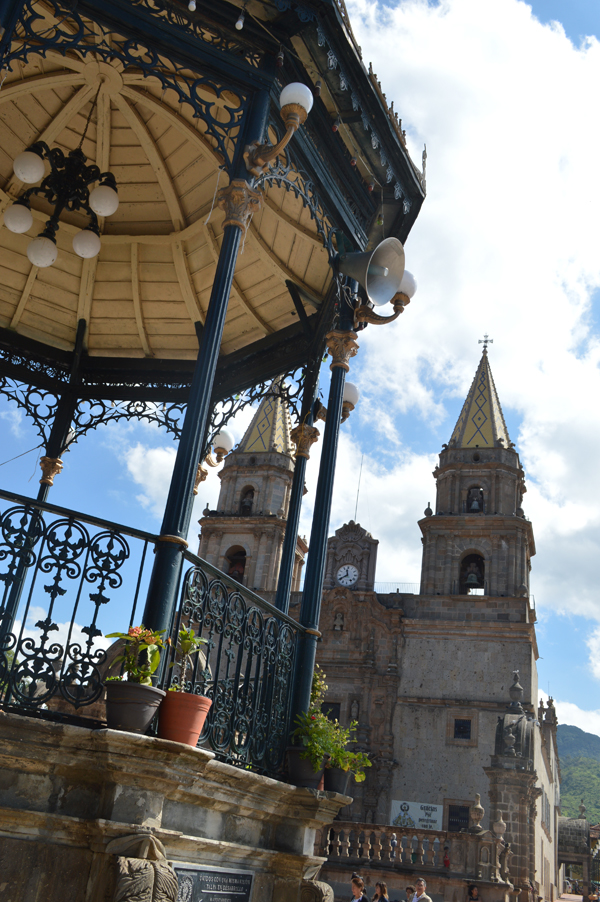
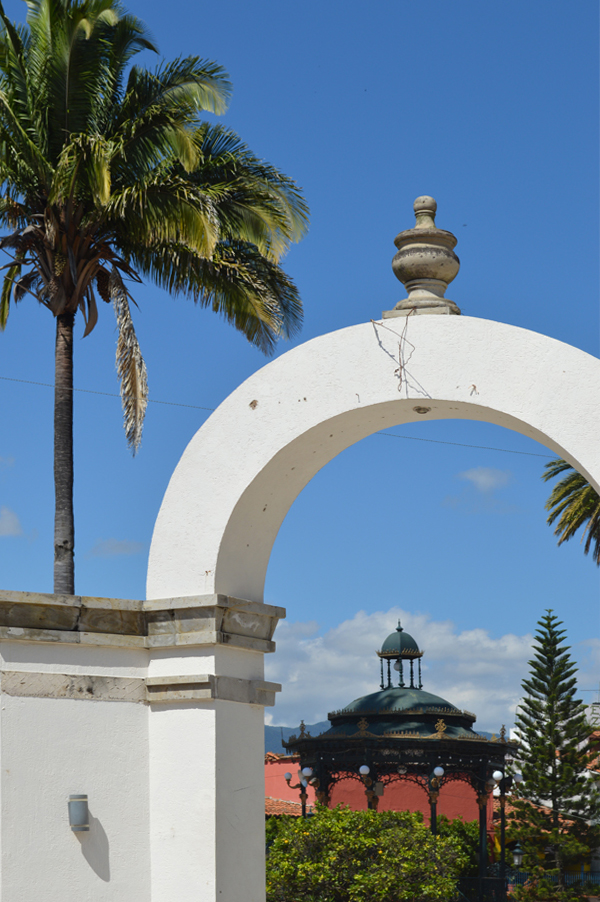
Below- The peregrination ends at the altar.
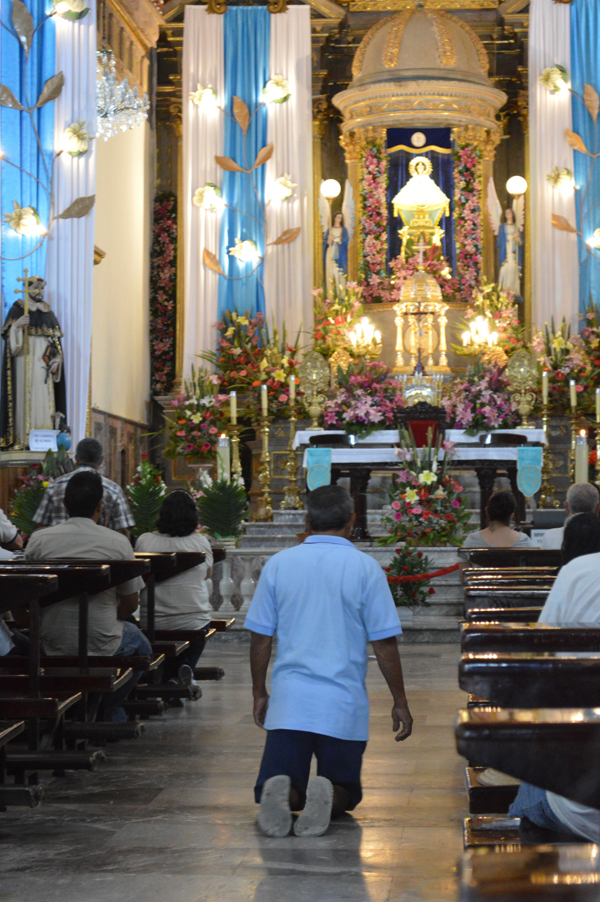
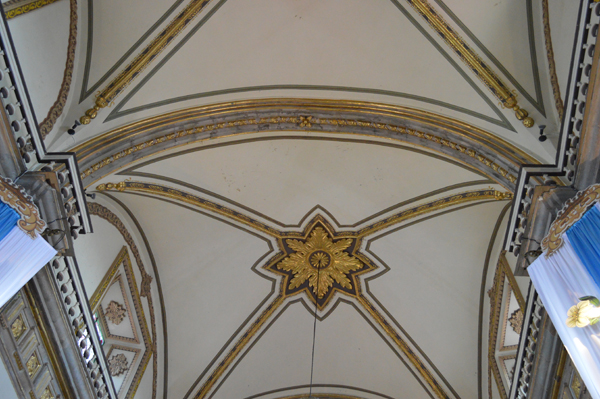
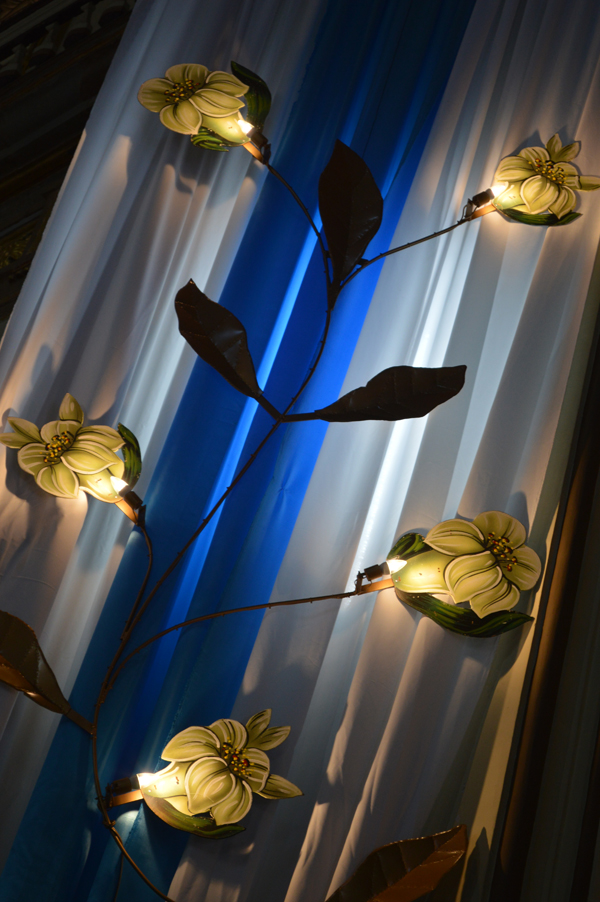
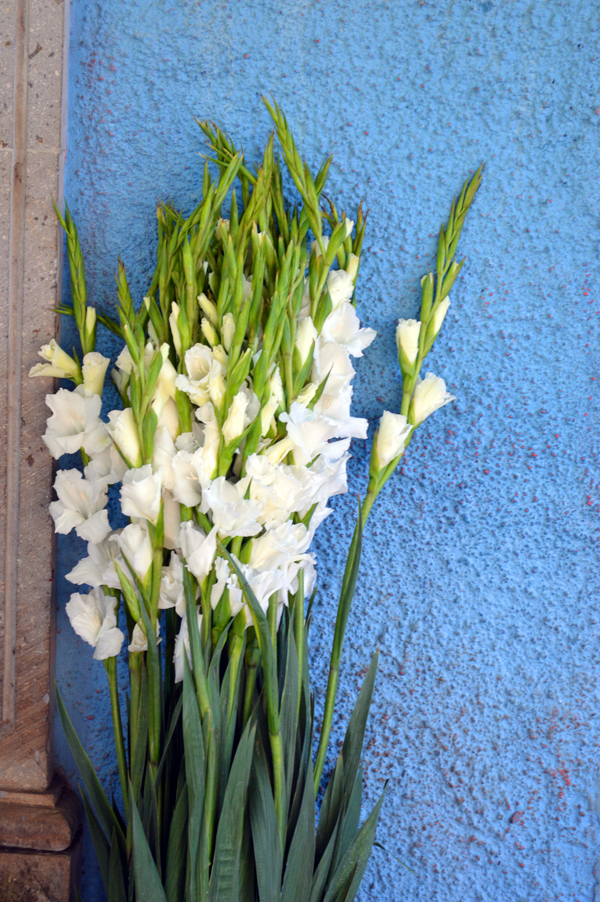
In the little Museum are many religious artifacts and assorted ephemera associated with the town and it’s long history. I was fascinated by the small religious “exvotos” paintings ( Tarjetas por las gracias a la Virgen de Talpa) done in thanks to the Virgin for her miracles.
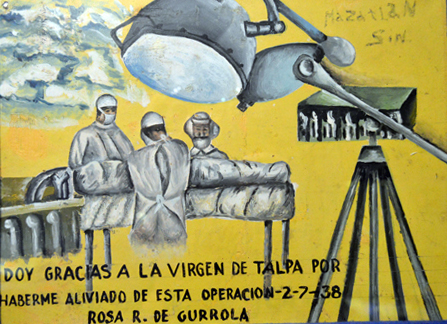
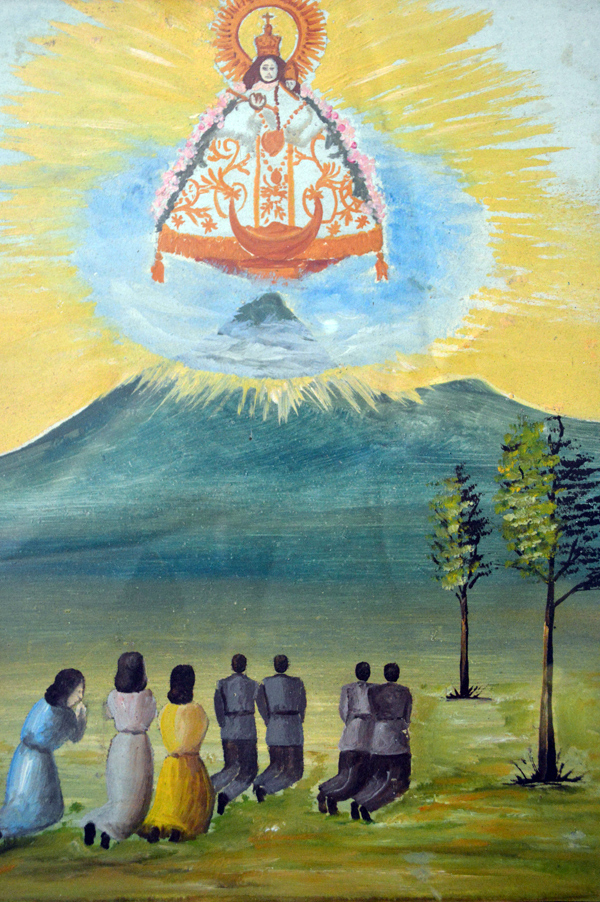
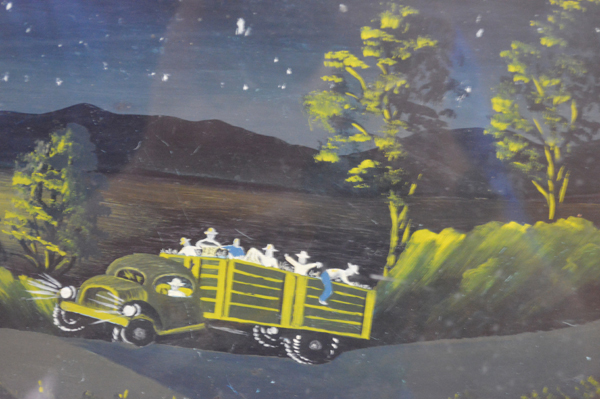
Am I seeing a pattern here with vehicles crashing? Me thinks that the Virgin would not be needed as much if the Mexican drivers used a little caution when driving. But real accidents DO happen so…
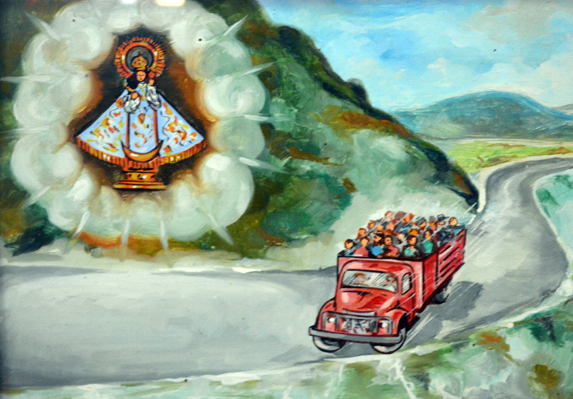
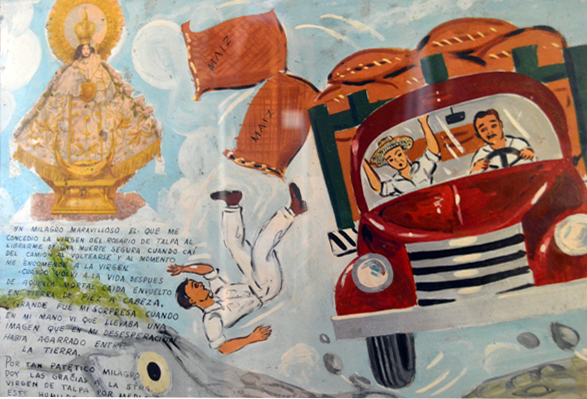
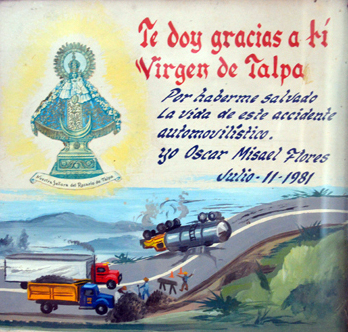
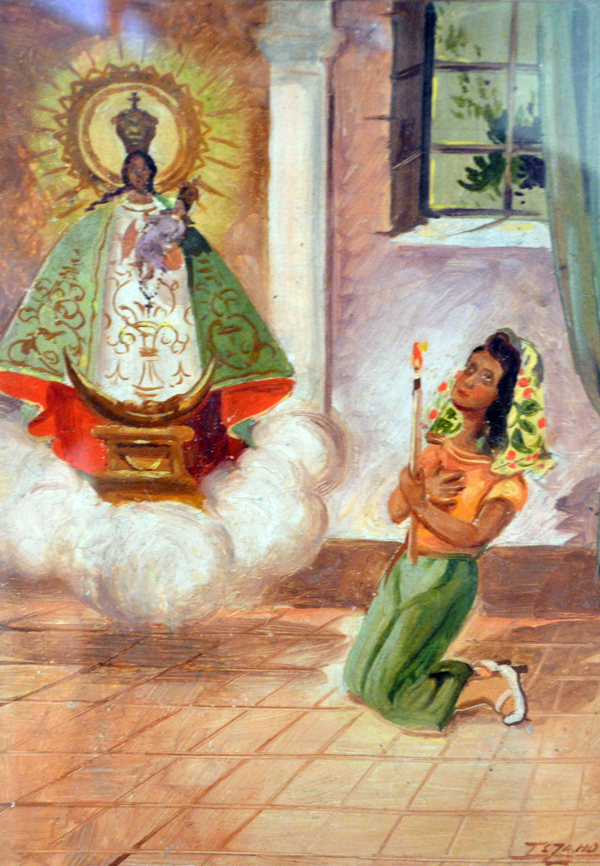
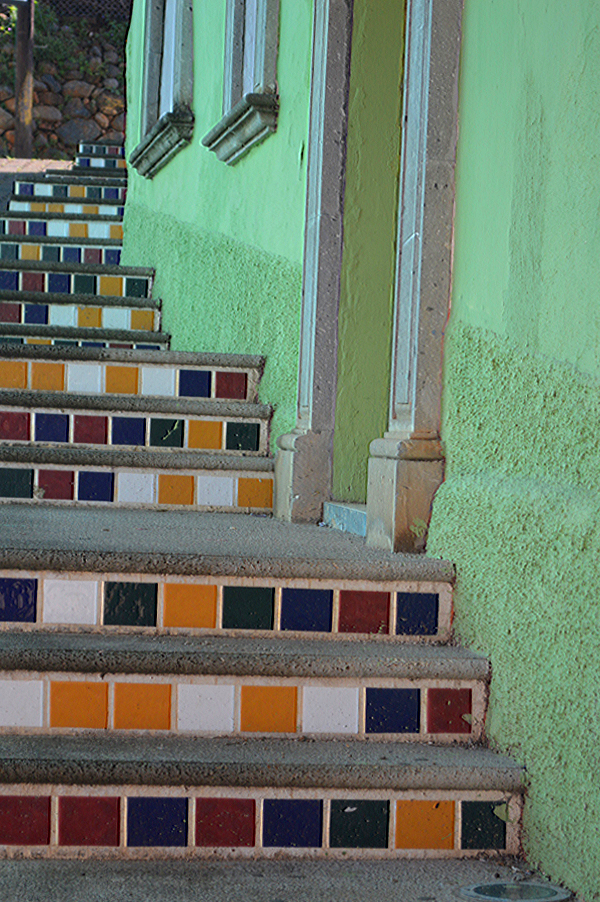
Above -A little side street.
Below-Like many Mexican towns the grand old colonial era buildings have been falling into decay.
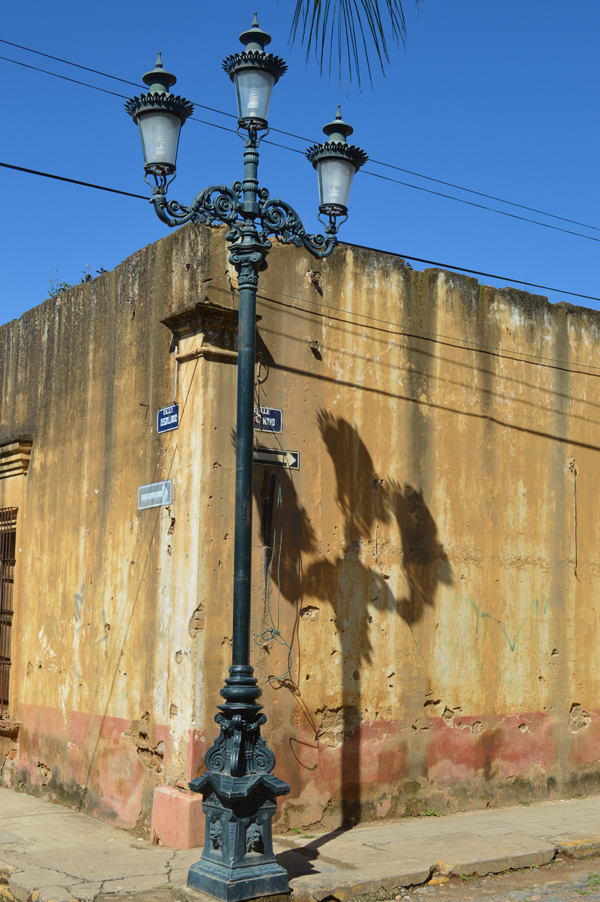
Below- Shady colonnades keep the stores cool.
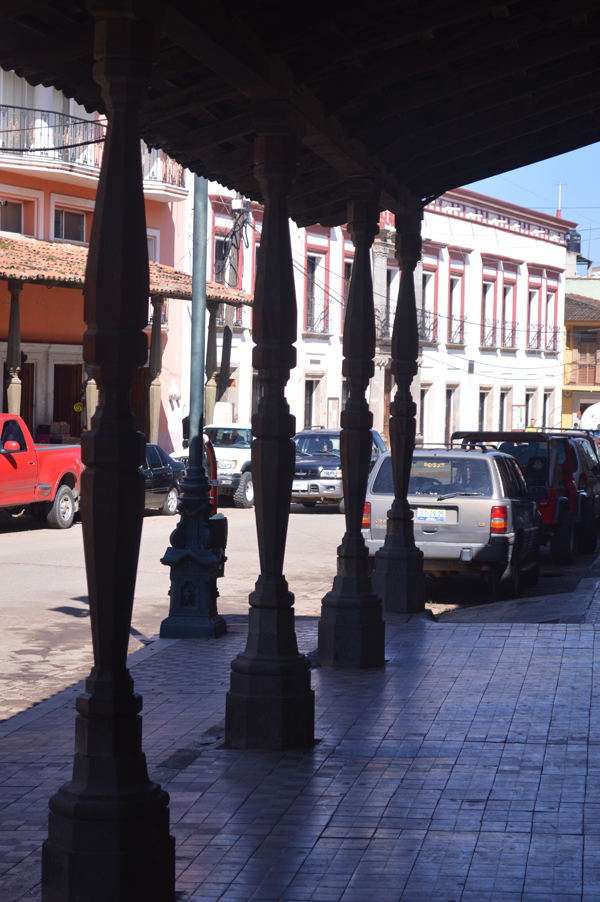
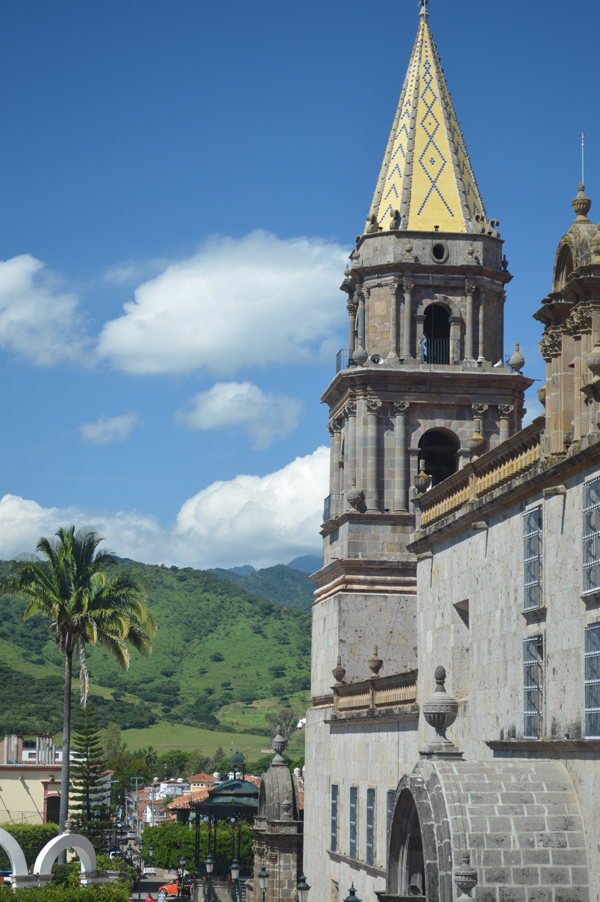
Below Inside the other church. Again quite well maintained due to the generosity of the visiting pilgrims.
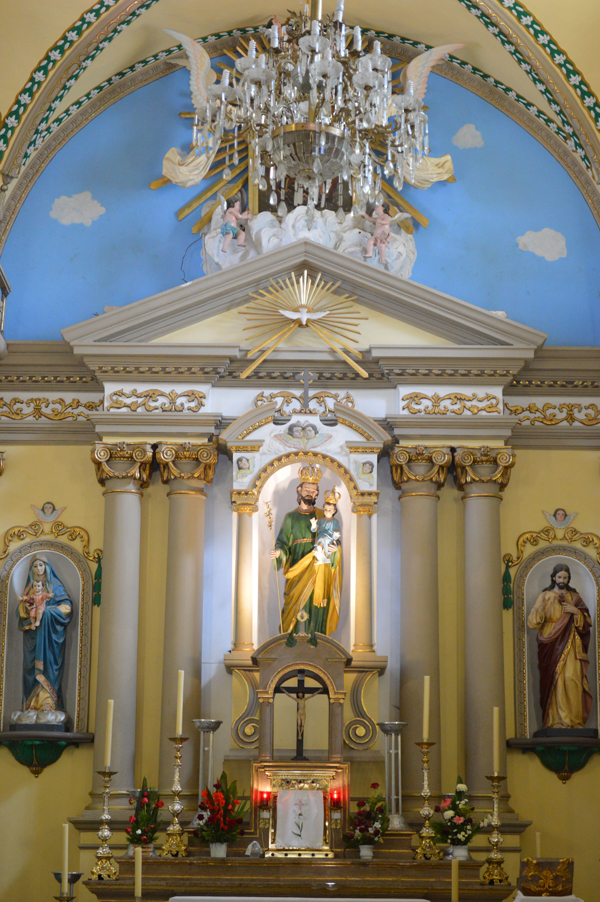
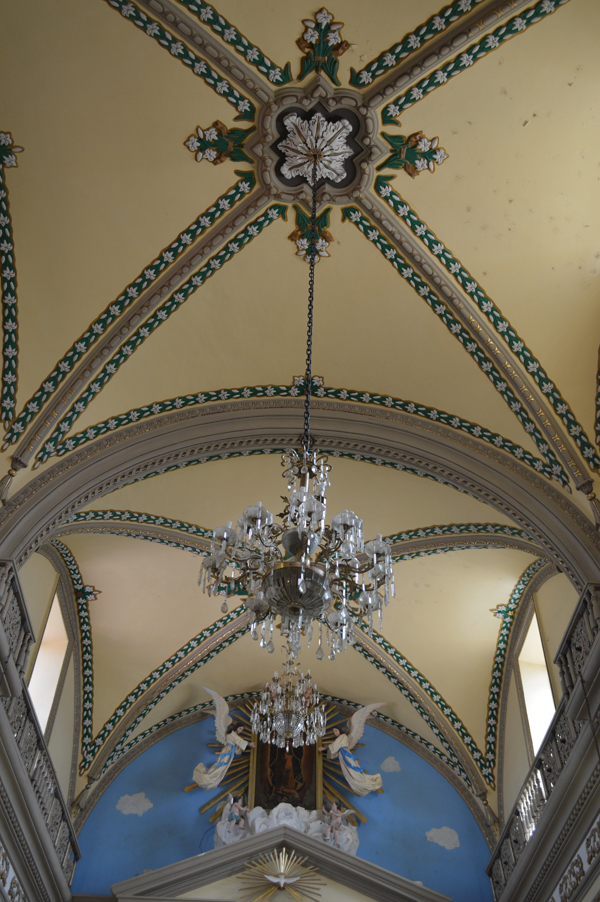
_______________________
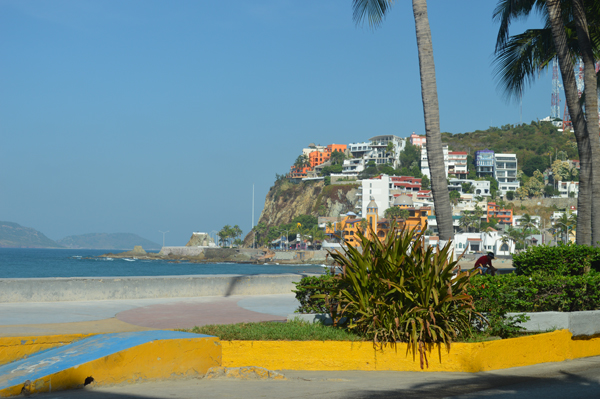
MAZATLAN is an old seaport and now a resort town on the north west coast of Mexico.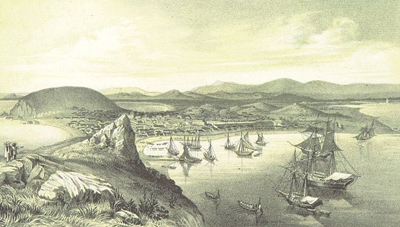 Above- In 1852 it looked like this.
Above- In 1852 it looked like this.
Below around the late 1800’s in the Porfeirio Diaz period when a great amount of wealth was concentrated here.
Luckily many of the fine old houses of that period survive in the old town which one can see on this photo.
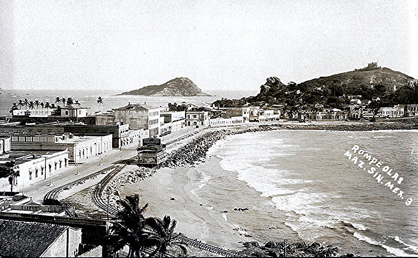
The city was founded in 1531 by the Spaniards. By the mid-19th century a large group of immigrants arrived from Germany. These new citizens developed Mazatlán into a thriving commercial seaport, importing equipment for the nearby gold and silver mines. The German settlers also influenced the local music called banda which is an alteration of Bavarian folk music. The settlers also established the Pacifico Brewery in 1900.
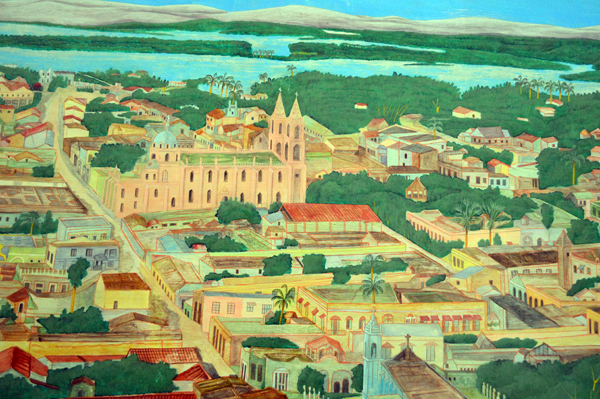
Above and below–Catedral Basílica de la Inmaculada Concepción.
Begun in 1856 was halted a year later and was completed in 1899.
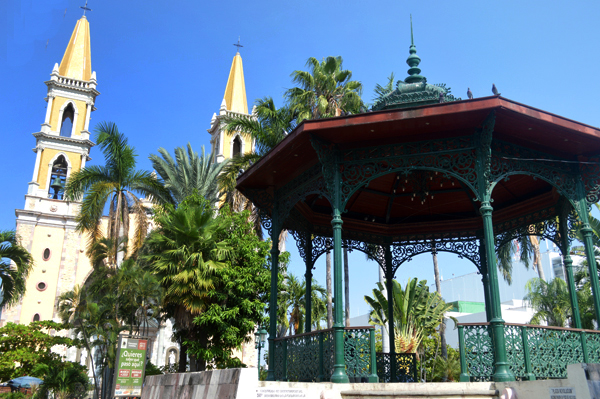
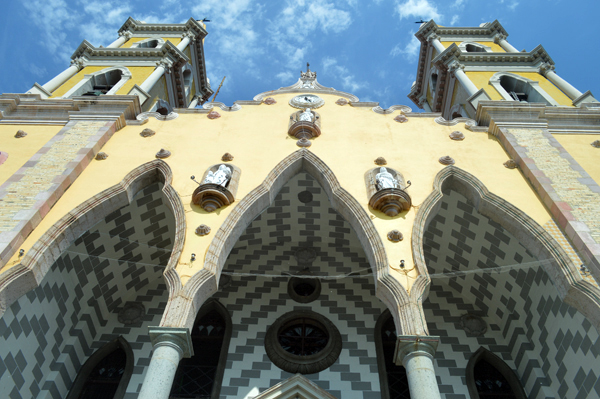
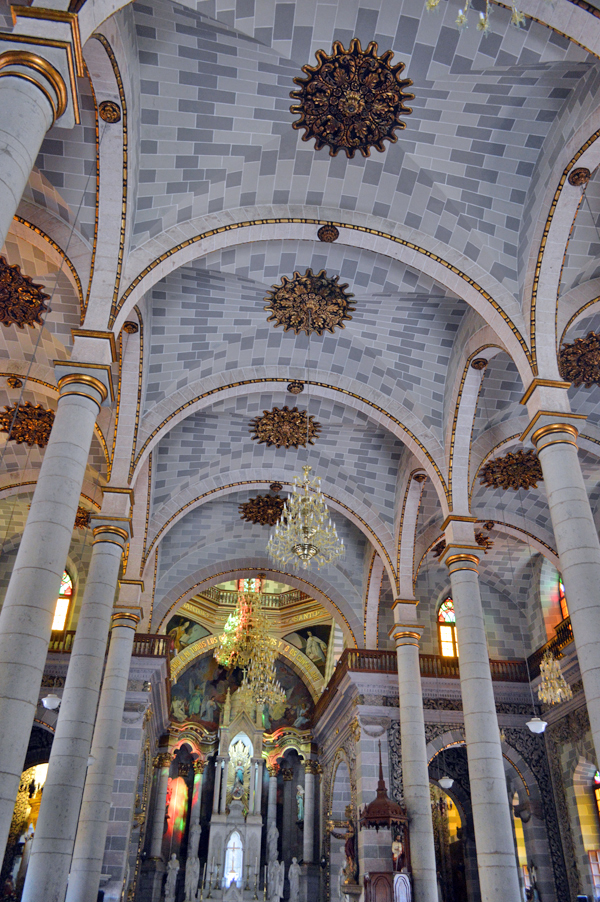
In the forties and fifties Mazatlán was visited by film stars such as John Wayne, Gary Cooper, John Huston, and others of their generation as a sportfishing mecca. In the 1970’s tourism in Old Mazatlán declined as newer tourist hotels on the expanses of beach to the north of the city -“Zona Dorada” were developed.
Below– the sweep of the bay with miles of new development northwards.
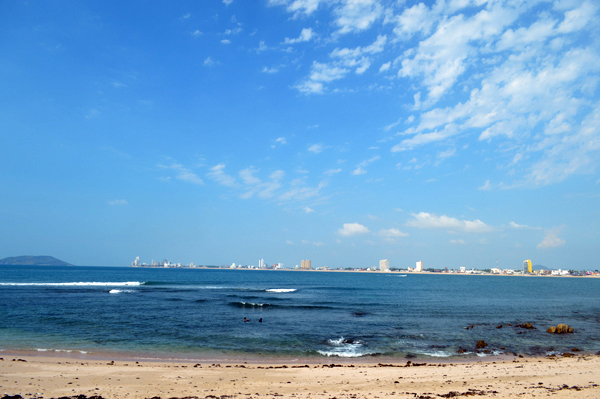
Recently the Centro Histórico has been rediscovered by newcomers and locals alike, spurring a renaissance of restoration. Once-fine homes that had fallen into literal ruin were restored to their former glory as family homes and boutique businesses.
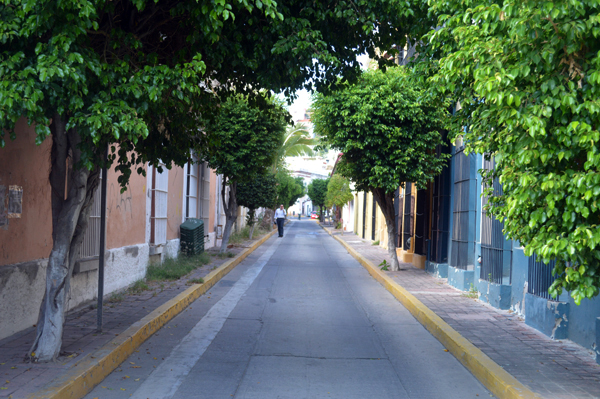
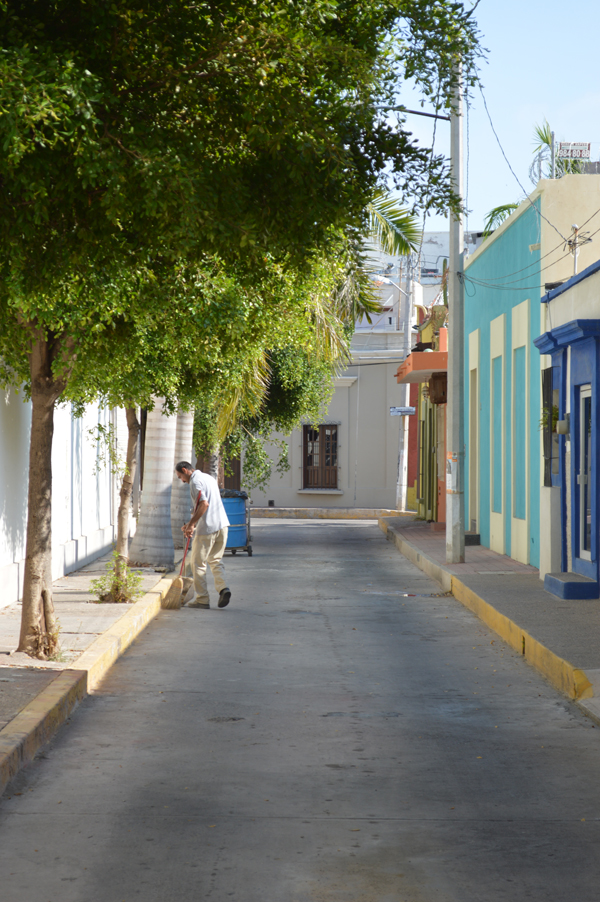
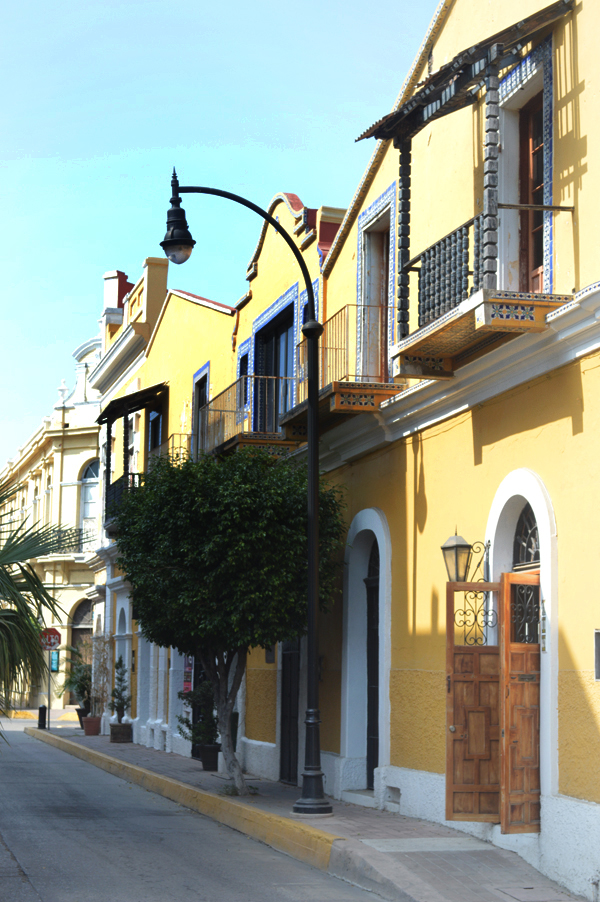
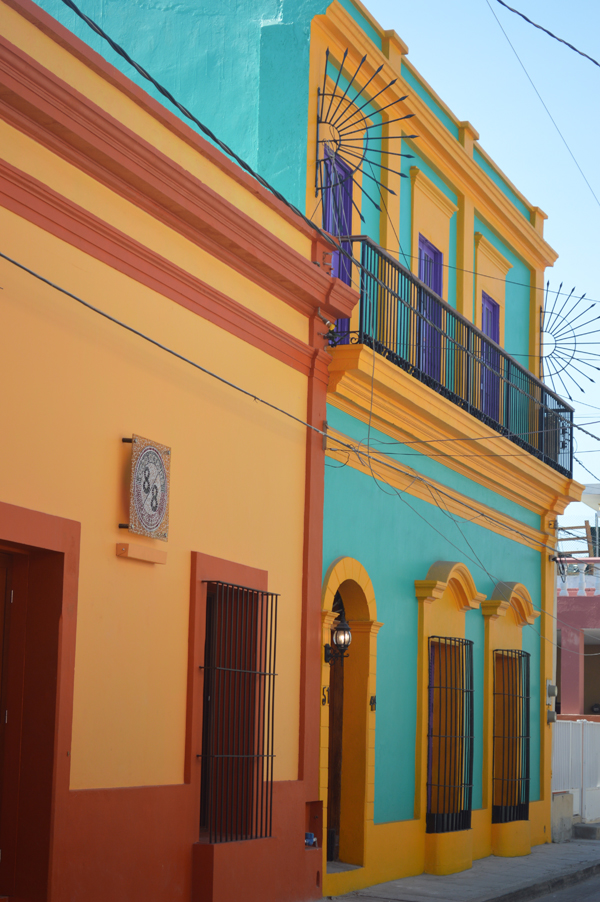
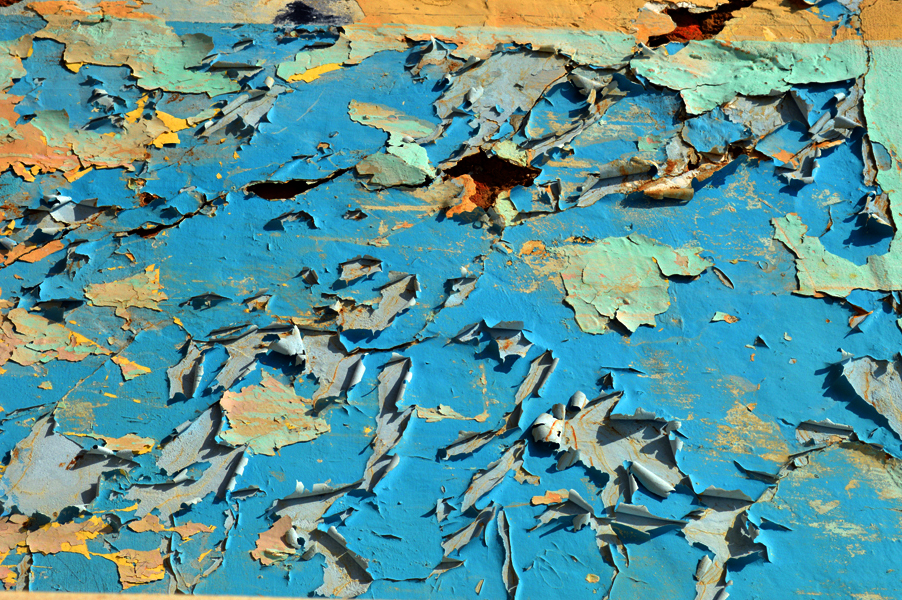
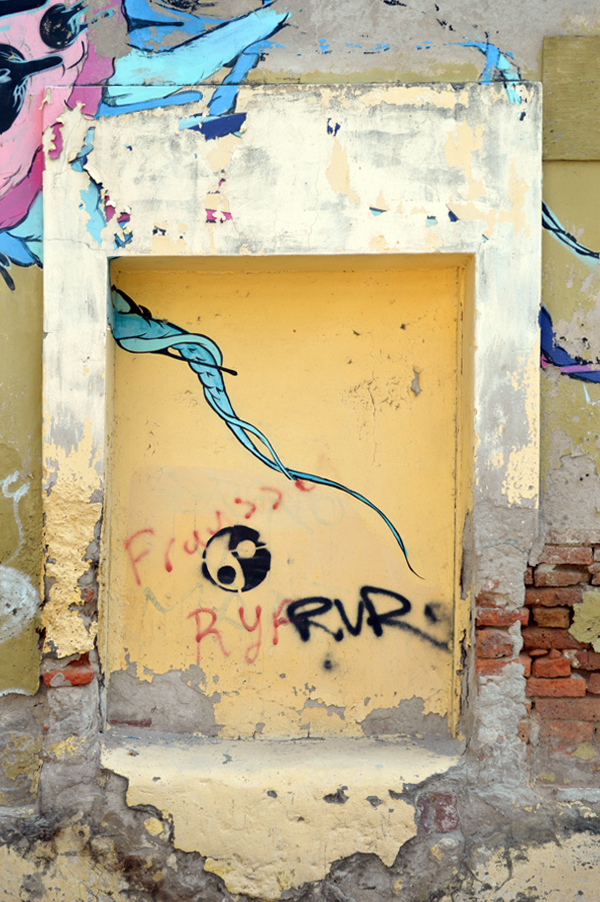
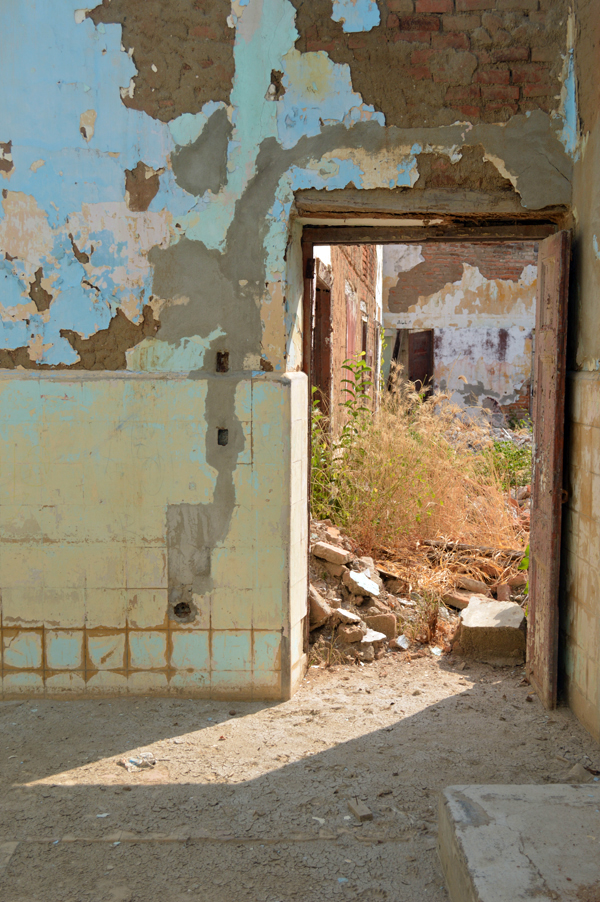
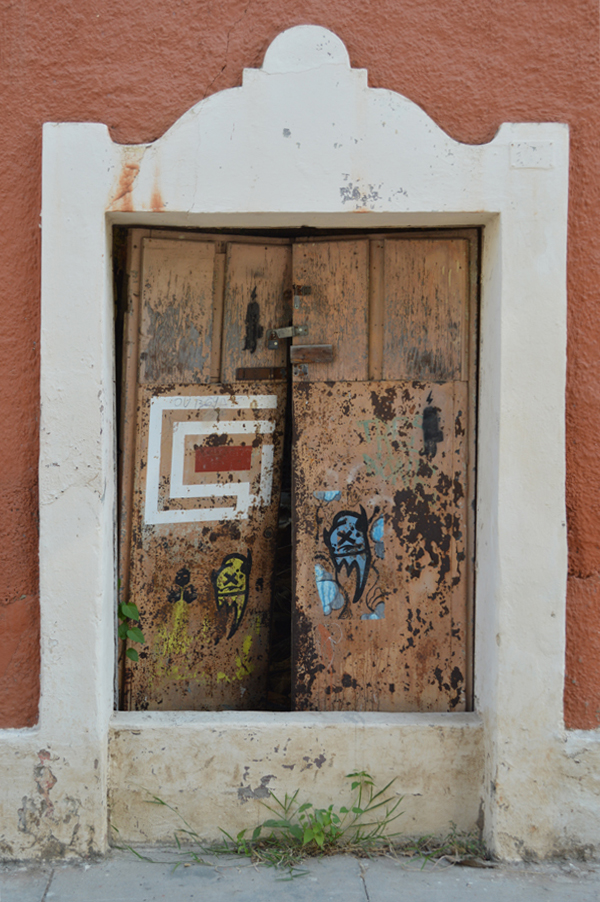
Below an example of many old mansions awaiting refurbishment.
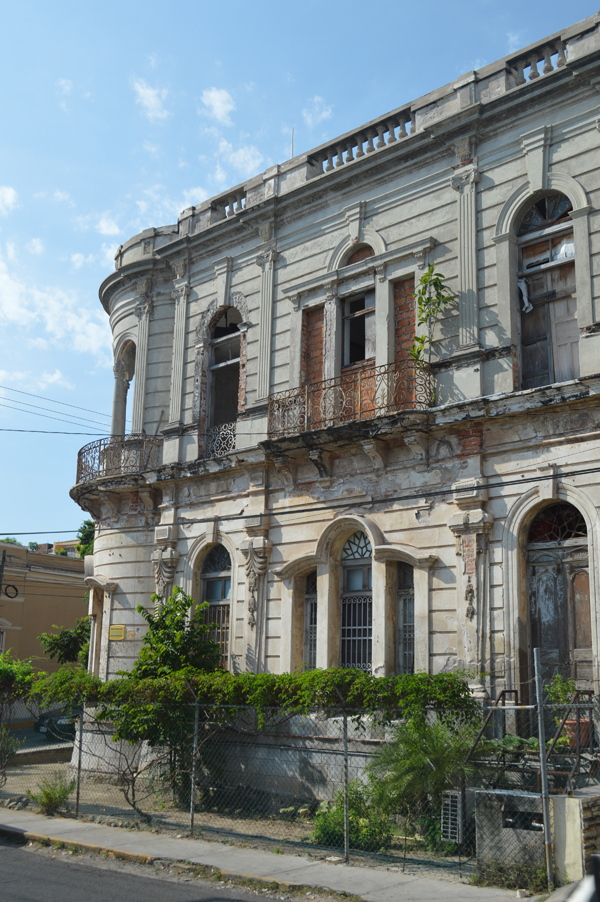
Below side by side an abandoned mansion opposite a reconstructed one.
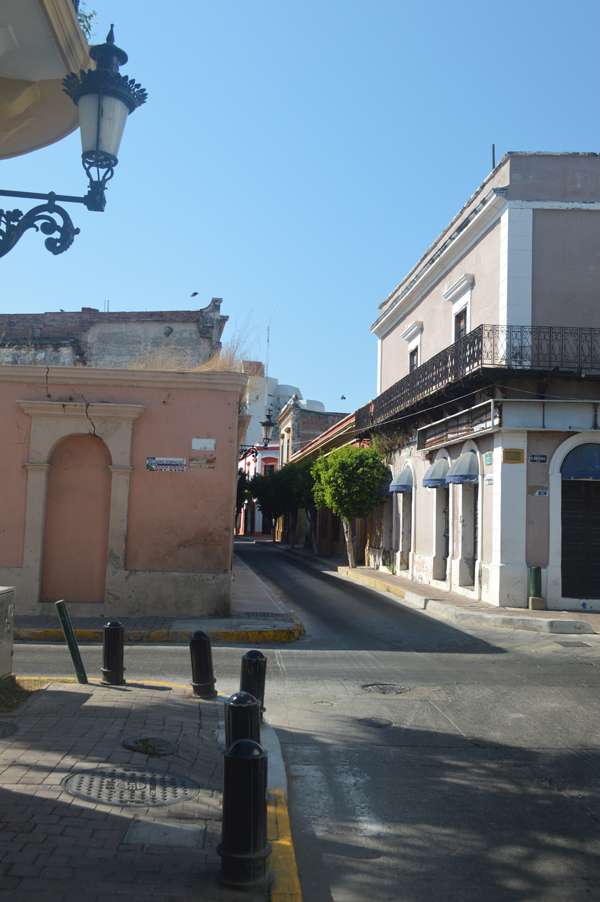
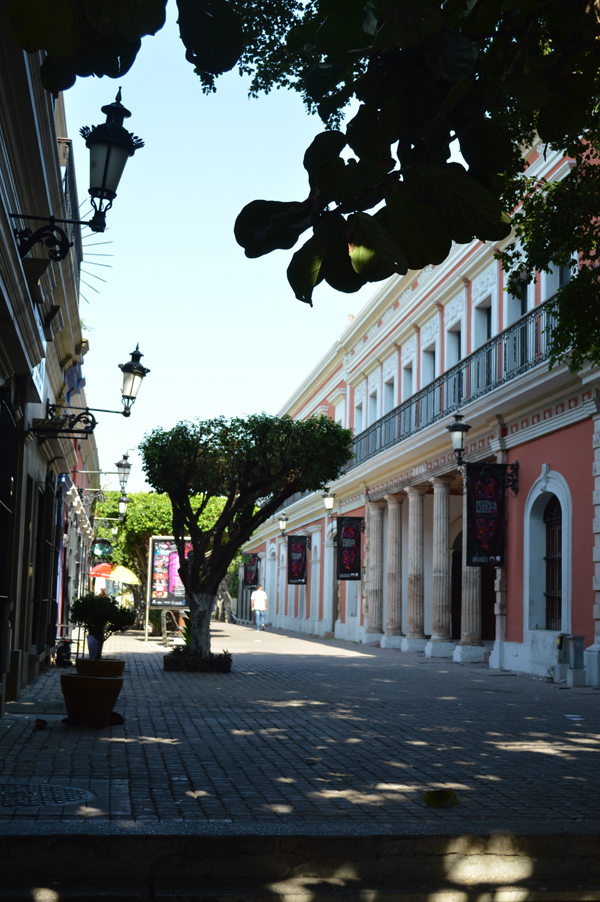
above and below– The Angela Peralta Theatre
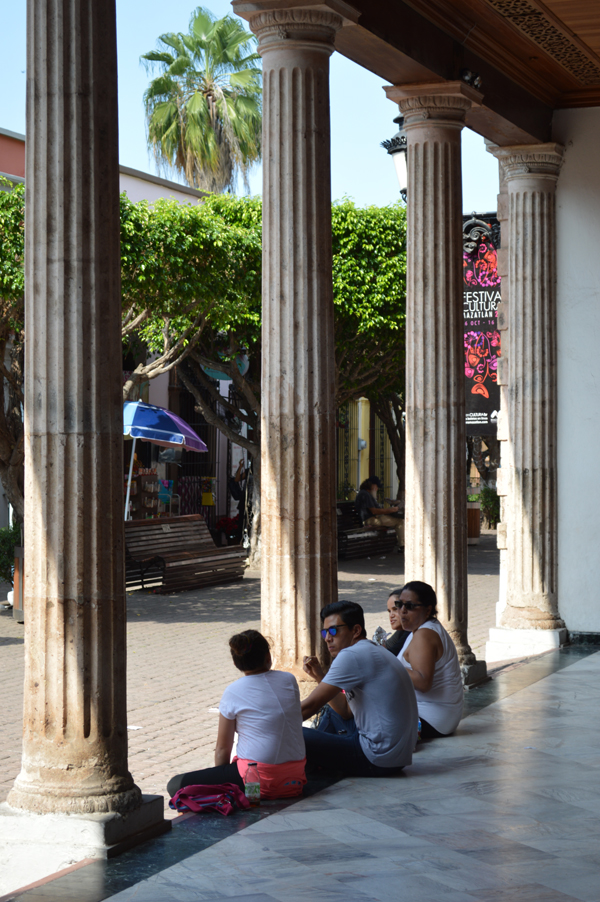
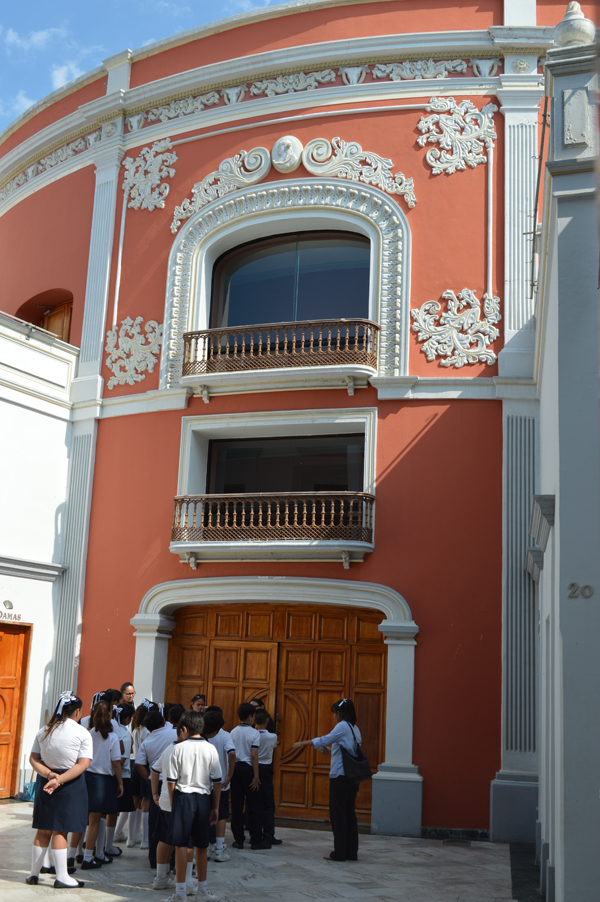
Below-Elegant colonnaded windows and doors make a rhythm to the street.
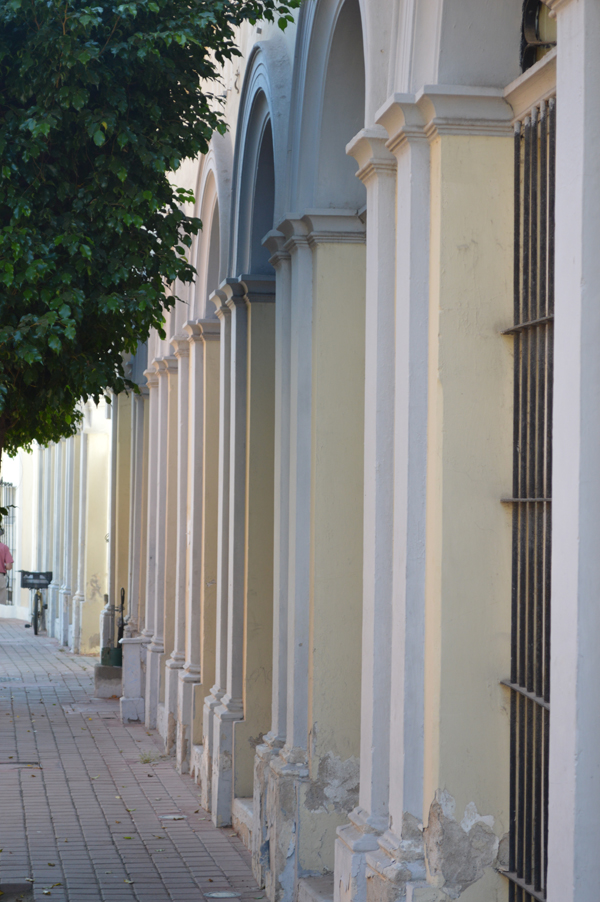
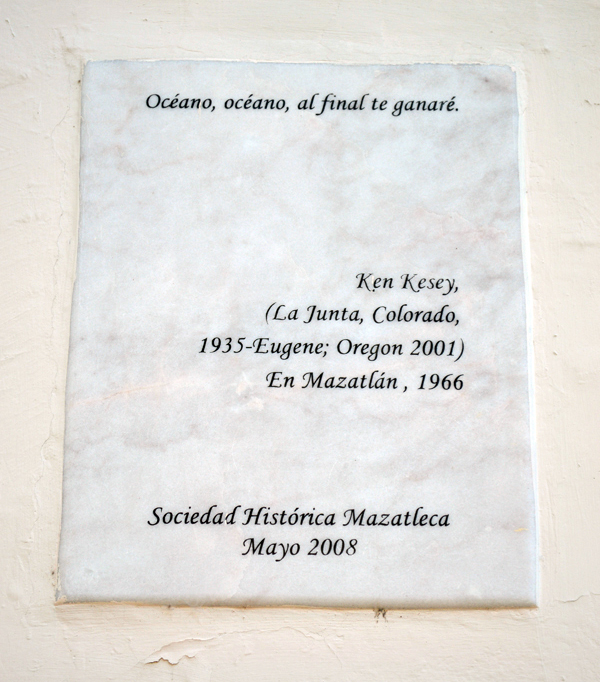
Above– Ken Kesey spent a little time hiding out in Mazatlan in 1966 at a hotel on the plaza.
He wrote a pretend disappearance suicide poem before he left for Mexico ..”The sea the sea the final reward”
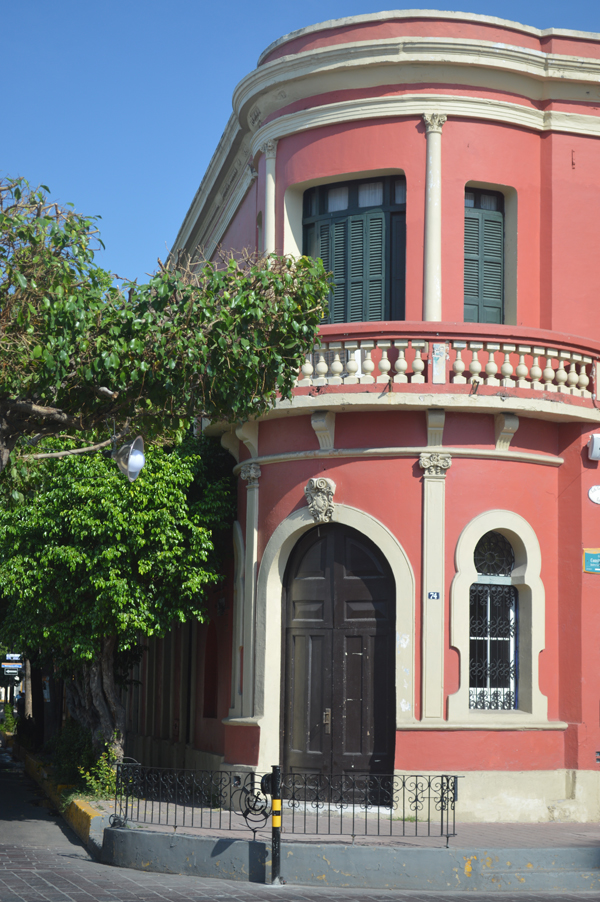
Below elegant old buildings surround the plaza which comes to life at night with outside restaurants and vendors and music.
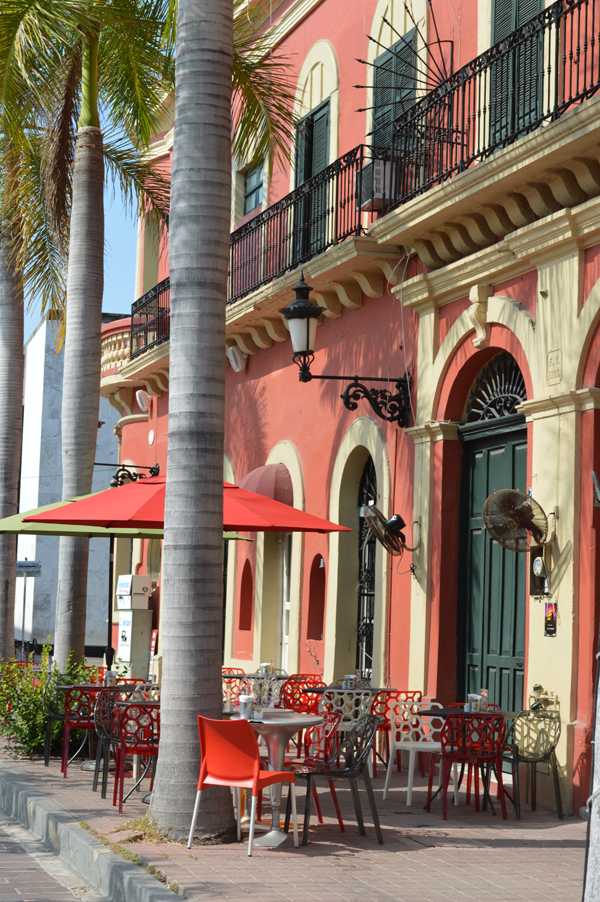
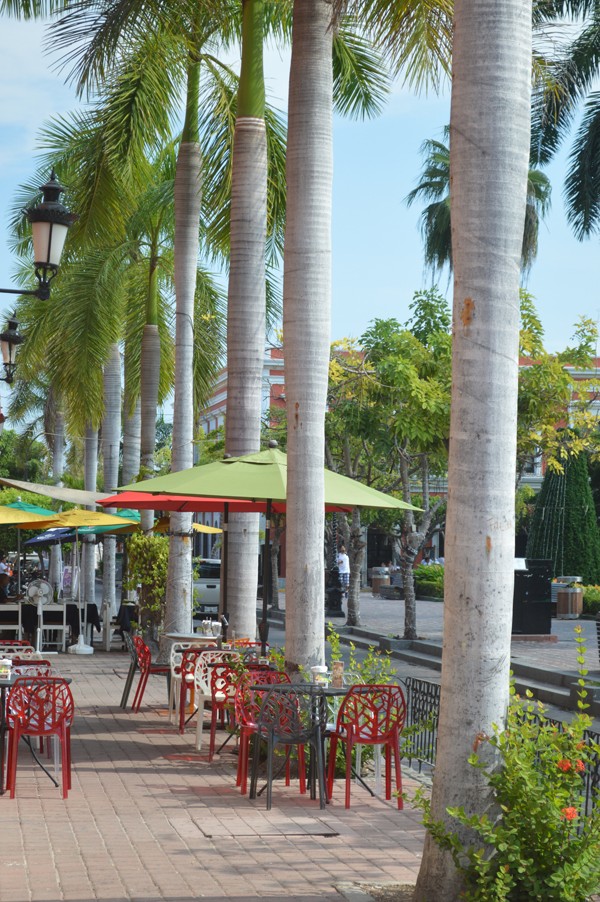
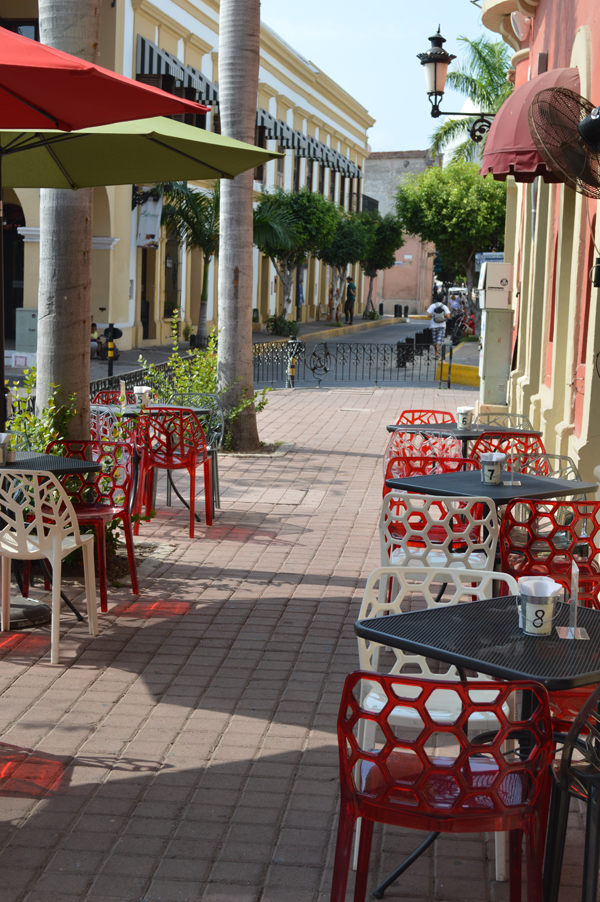
Below- the opera singer Angela Peralta herself sang from this balcony.
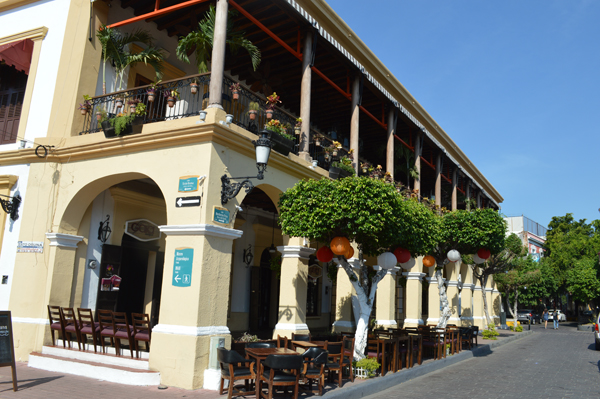
These paintings below are all by a local artist of what the town looked like in it’s heyday around the late 1800’s
Thankfully large parts of this are still intact.
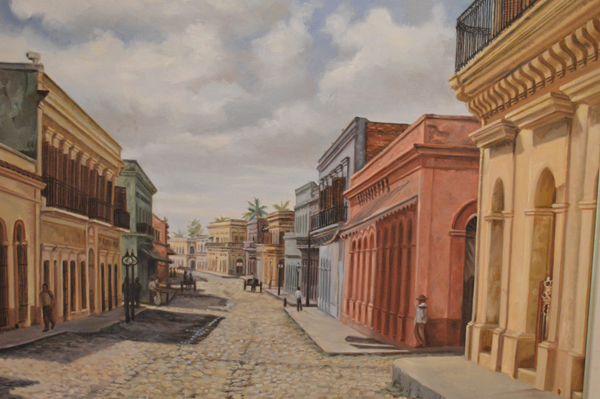
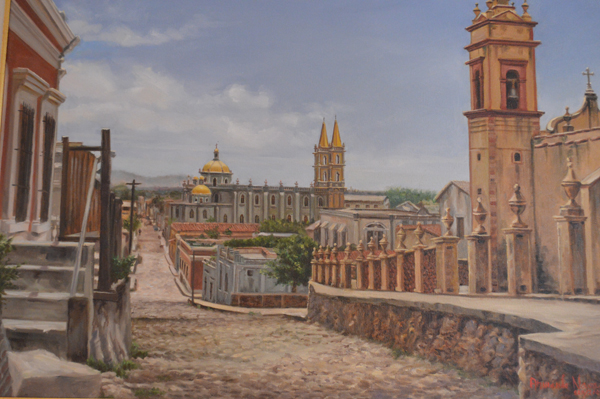
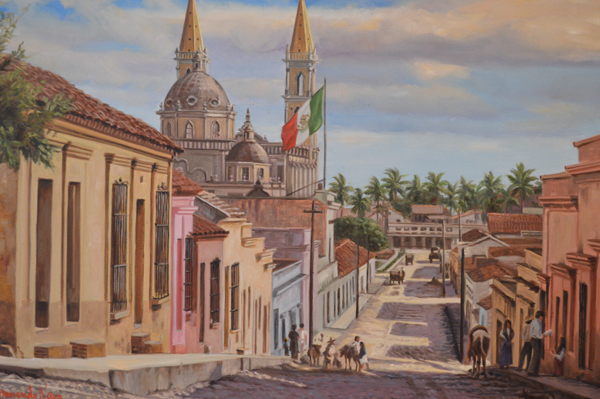
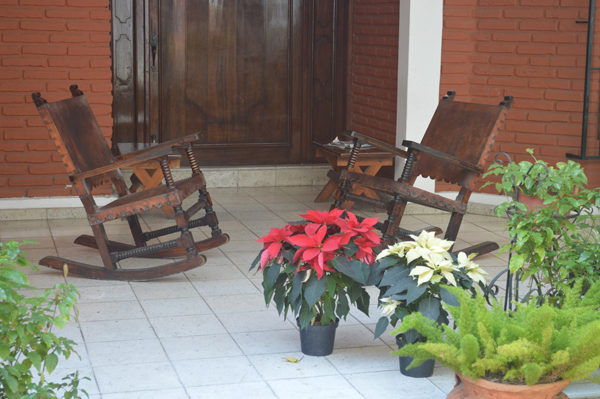
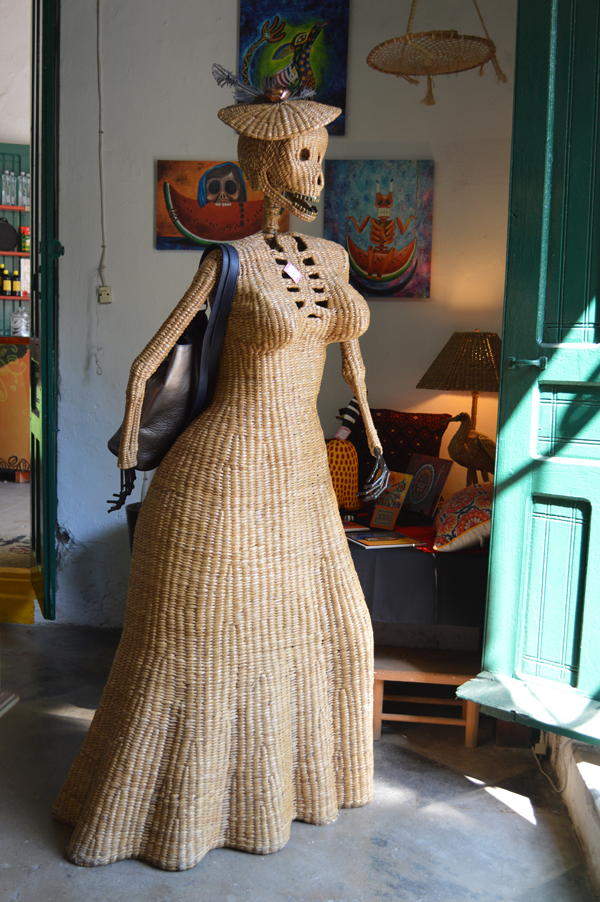
Below- The Plaza at night awaiting the dinner guests -who in Mexico do not arrive until after nine !
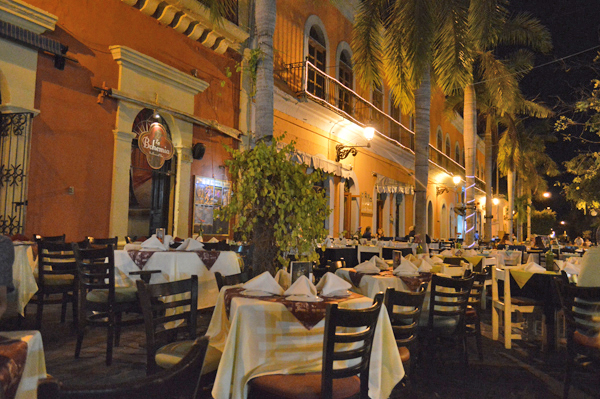
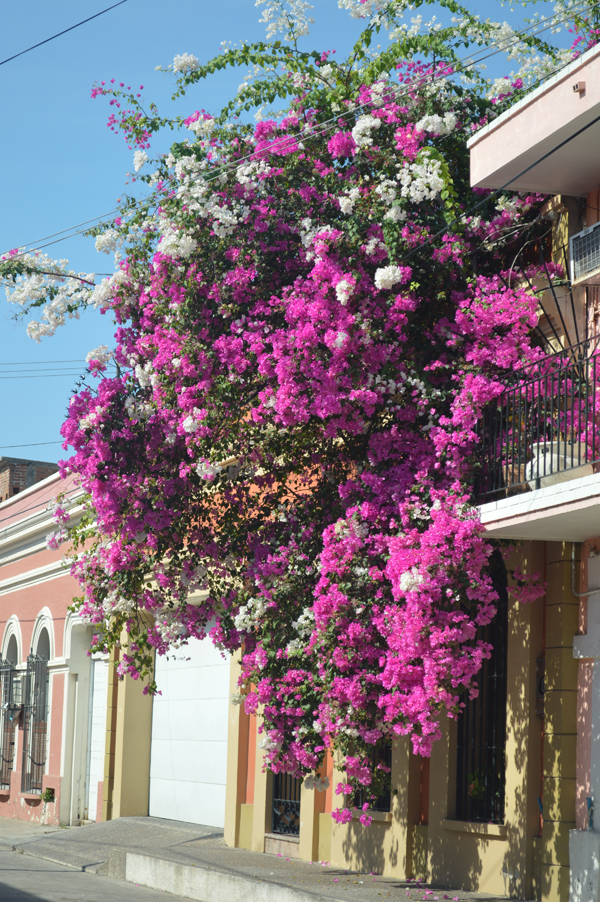
Parting shot…
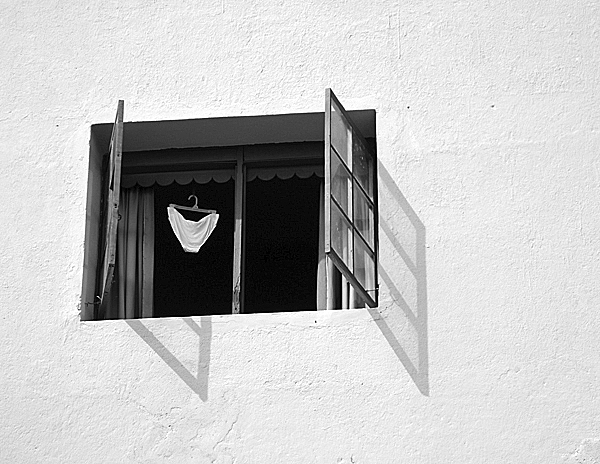
_____________________________________________________________________